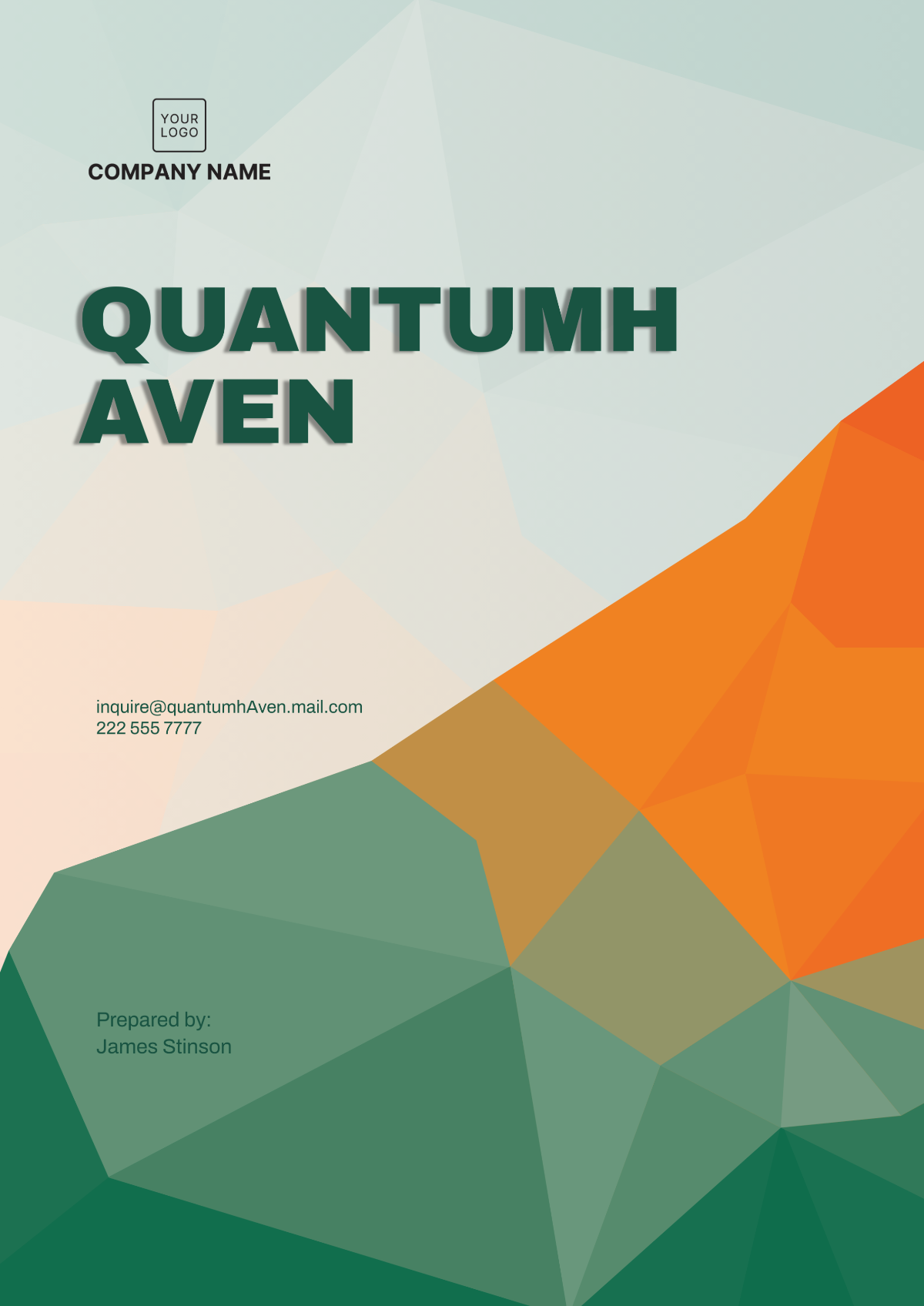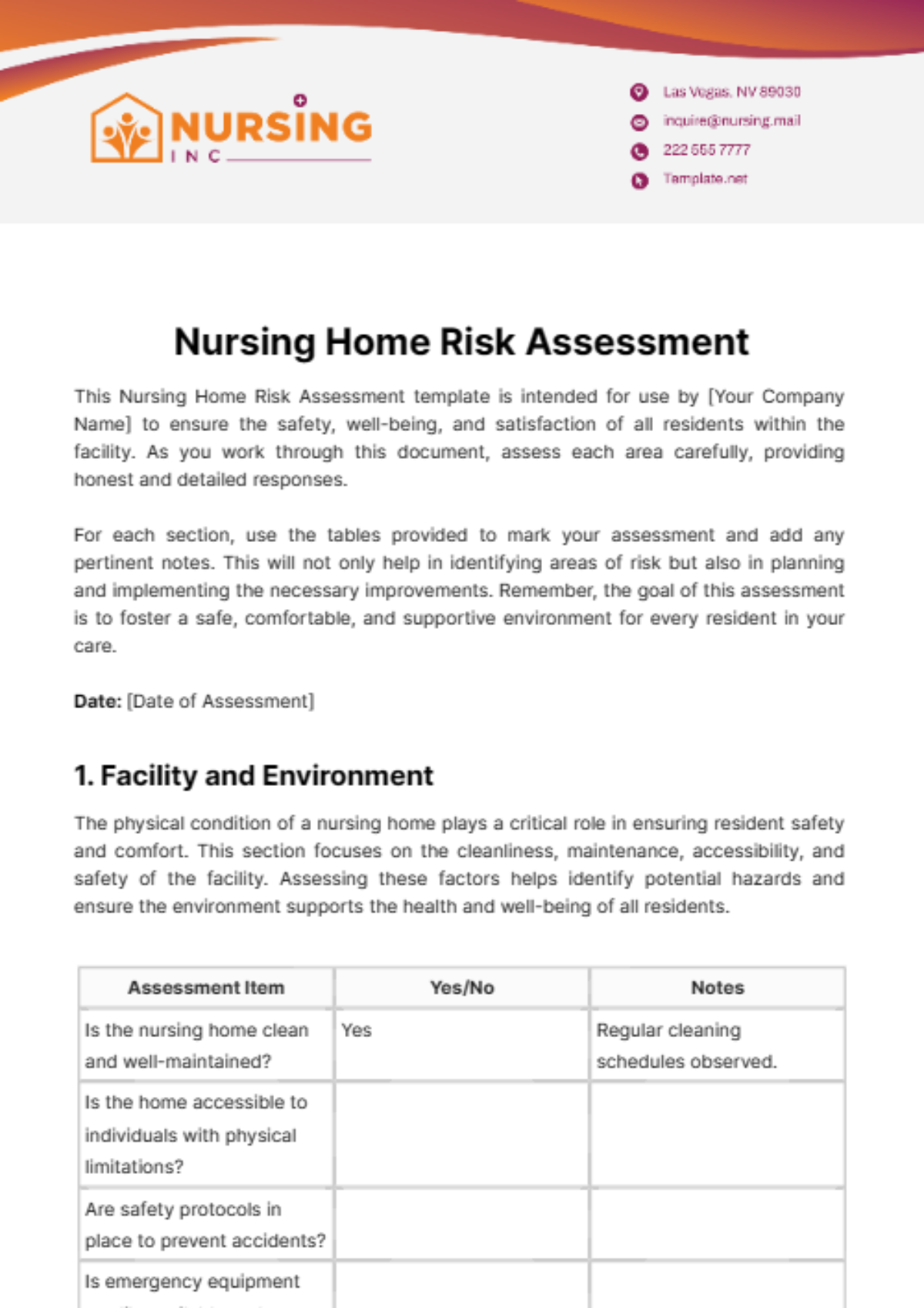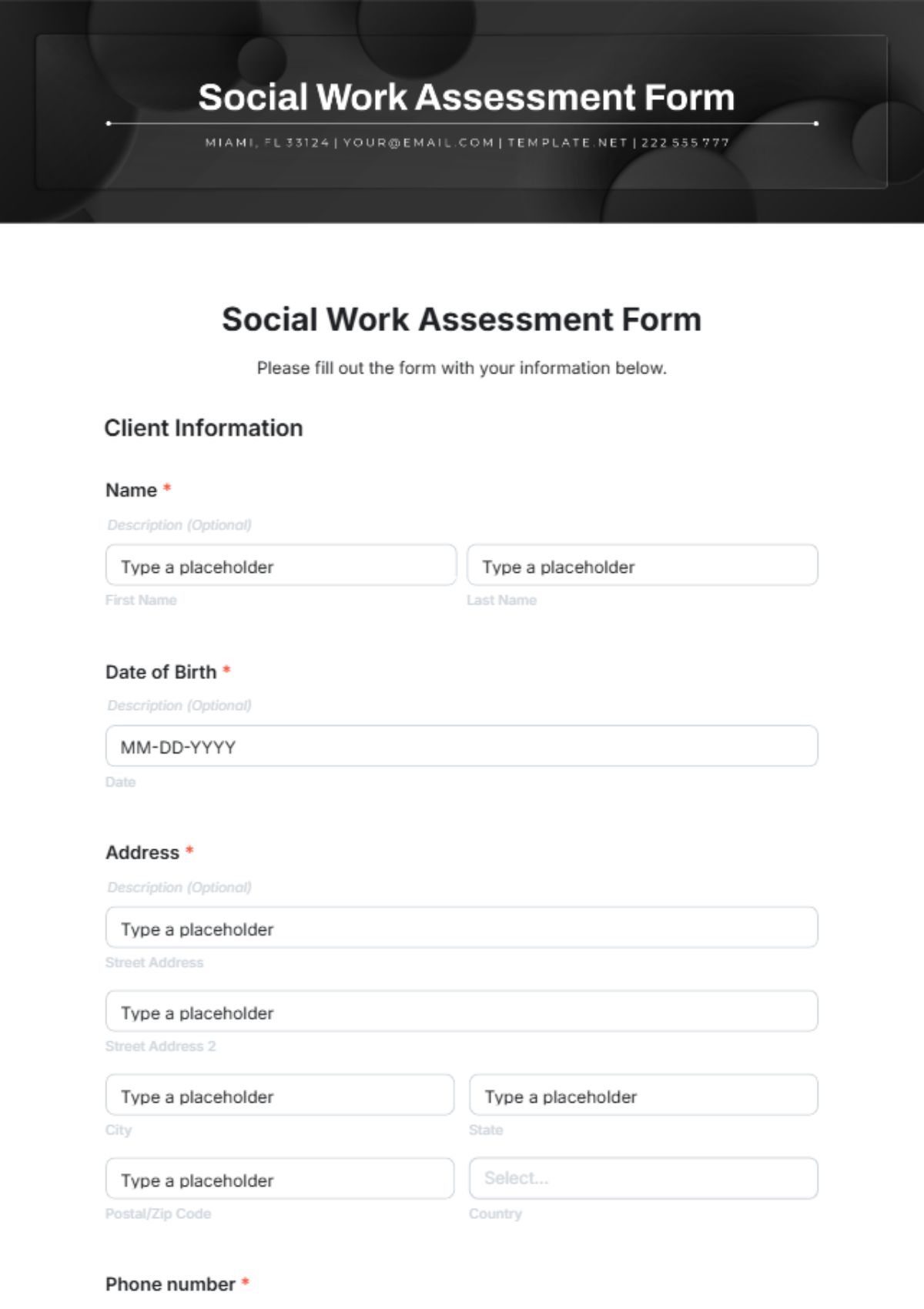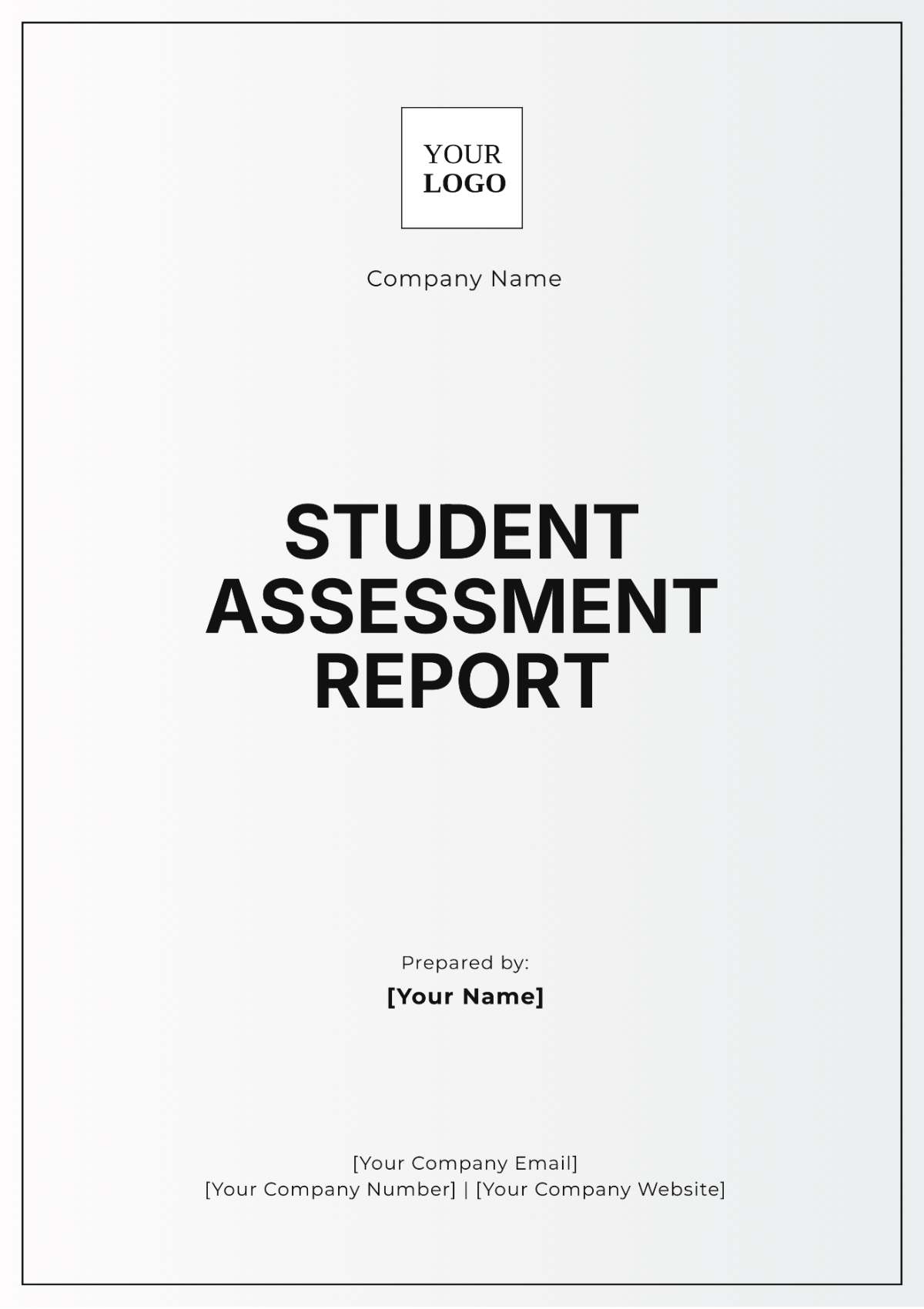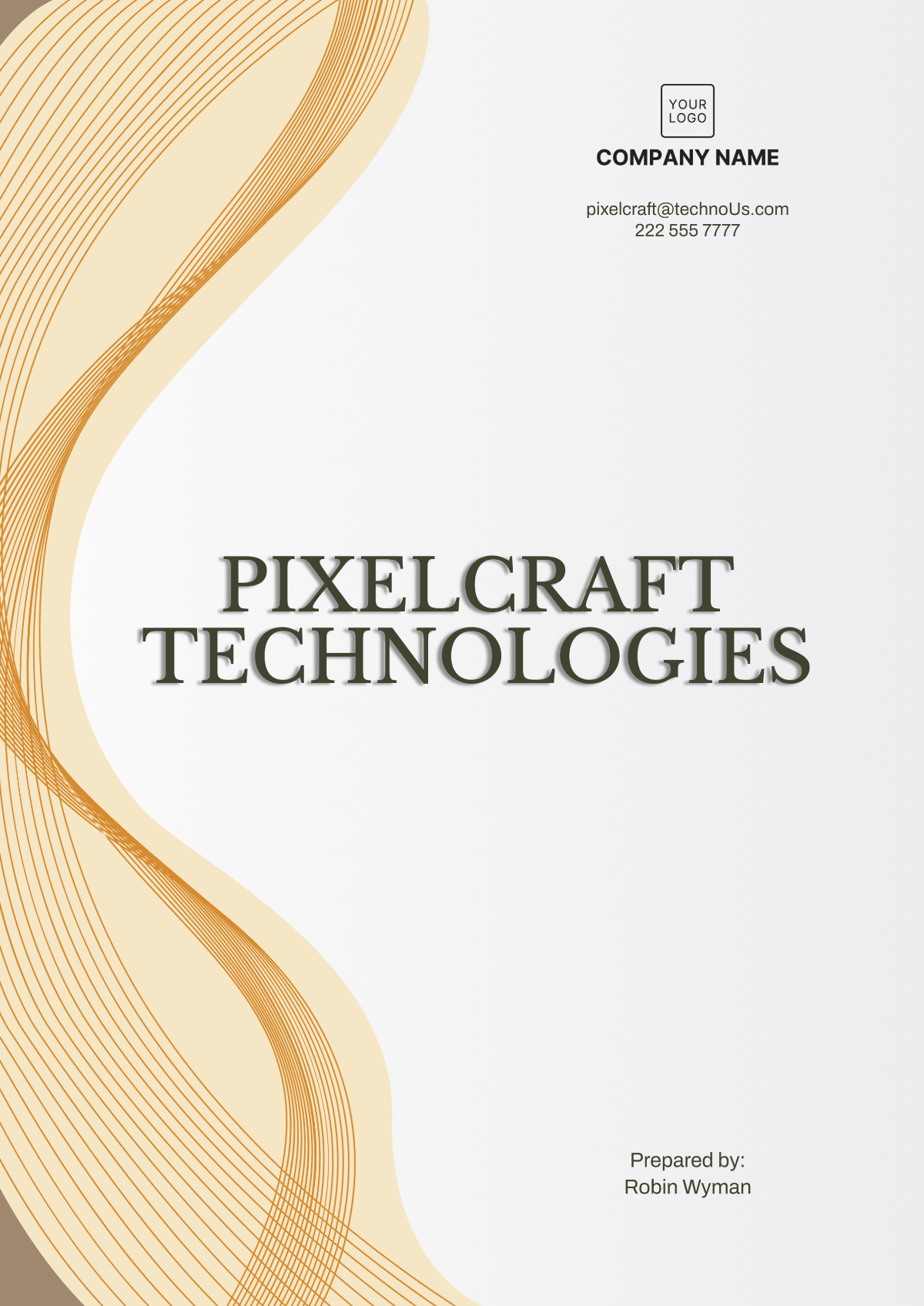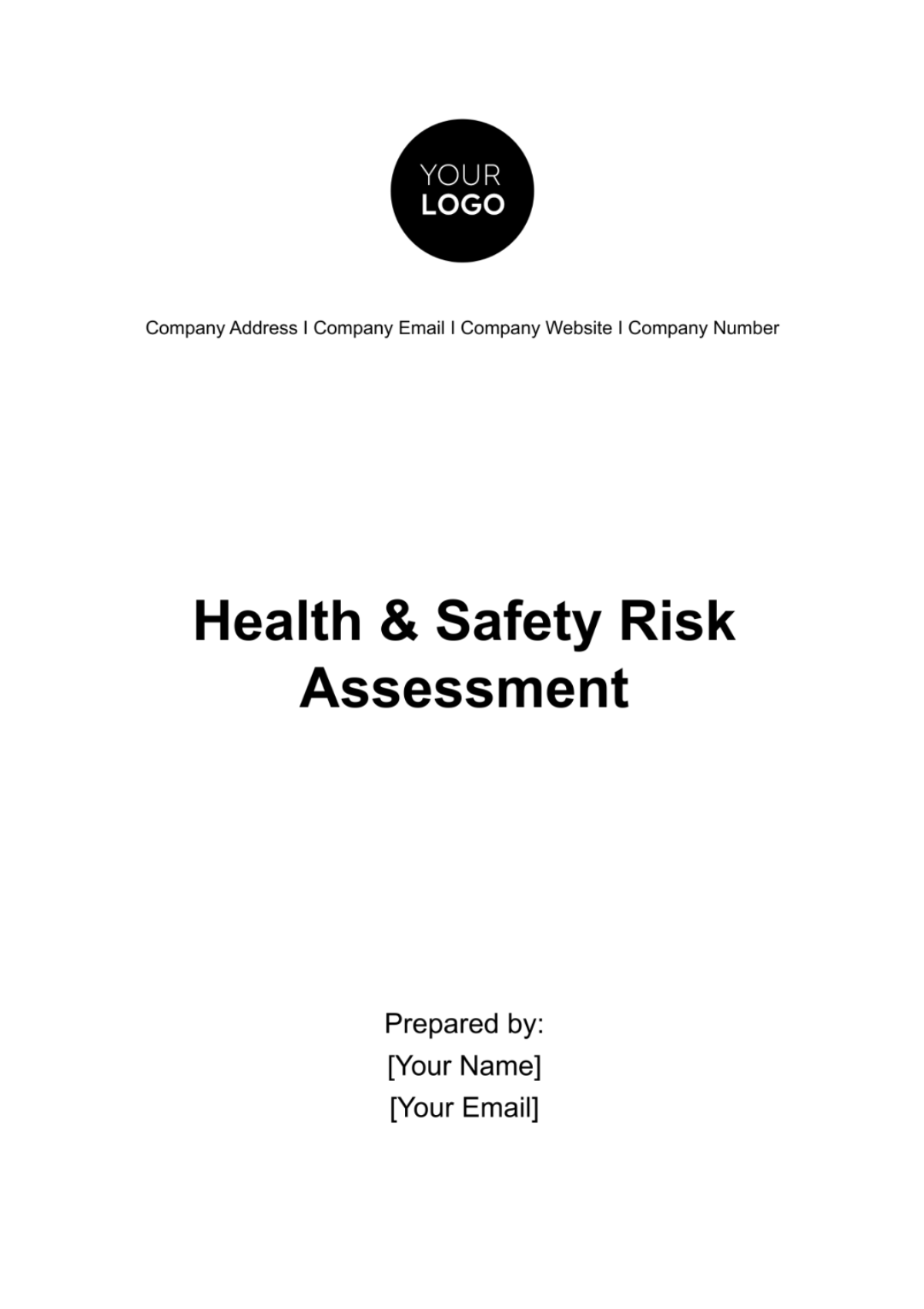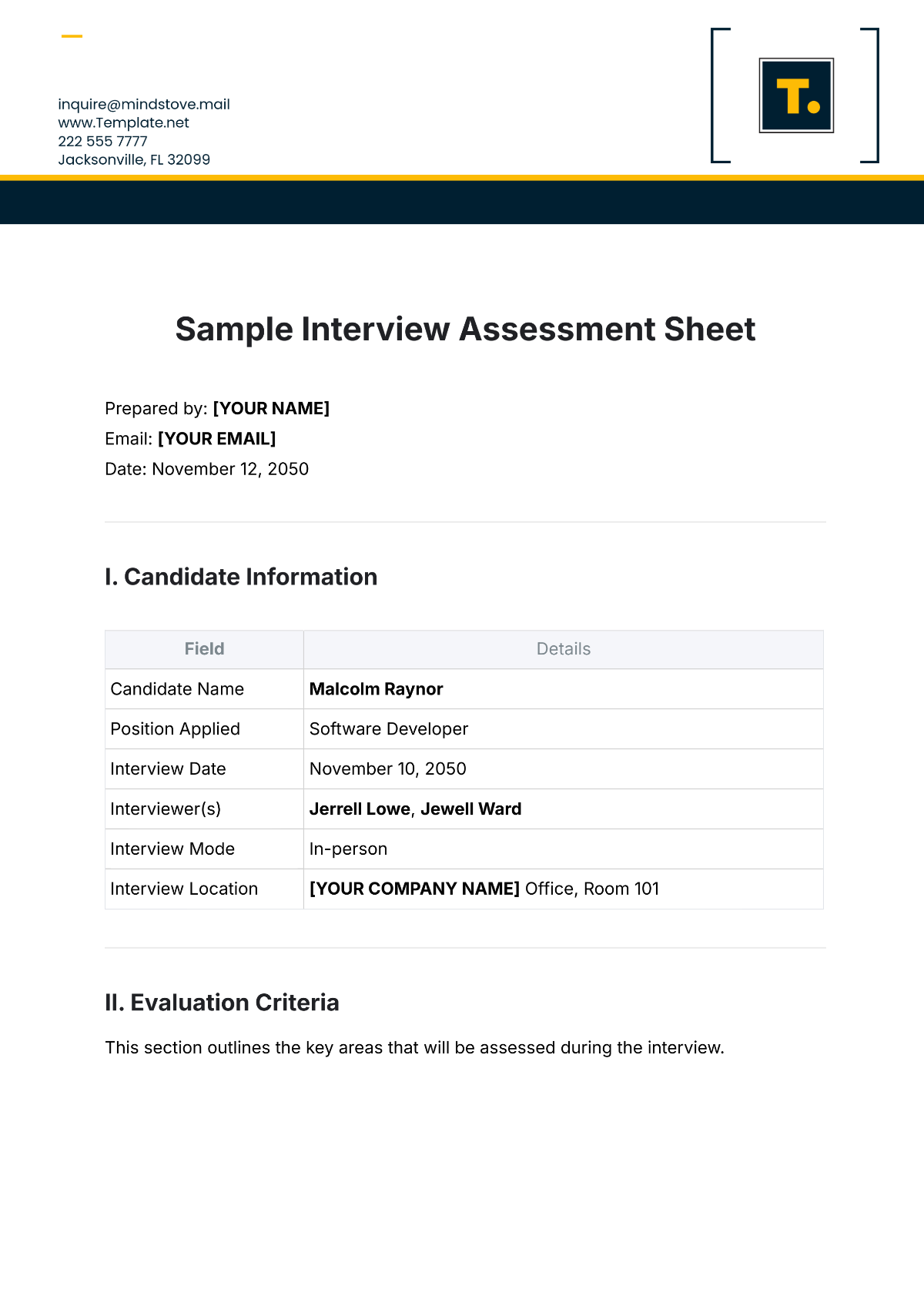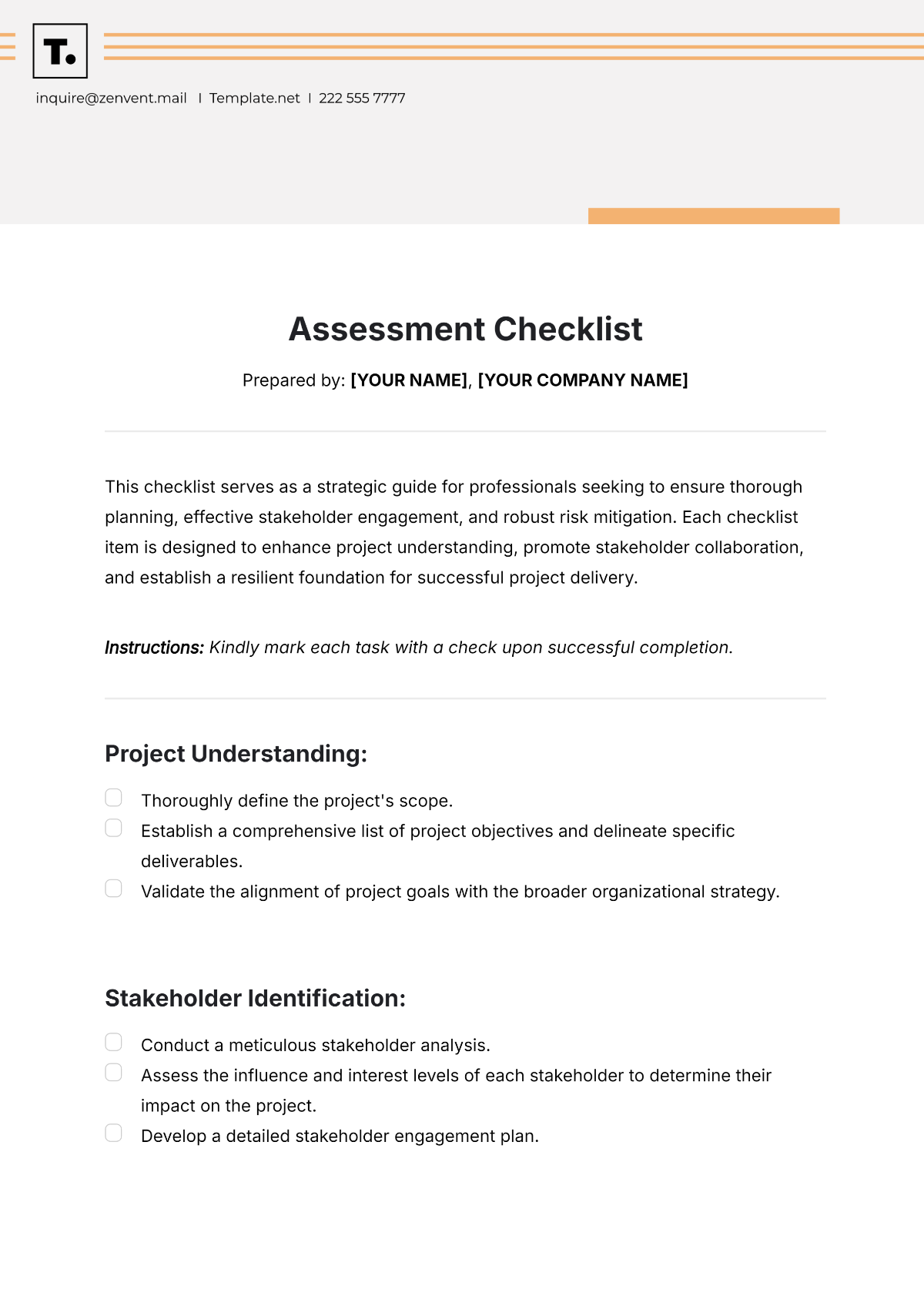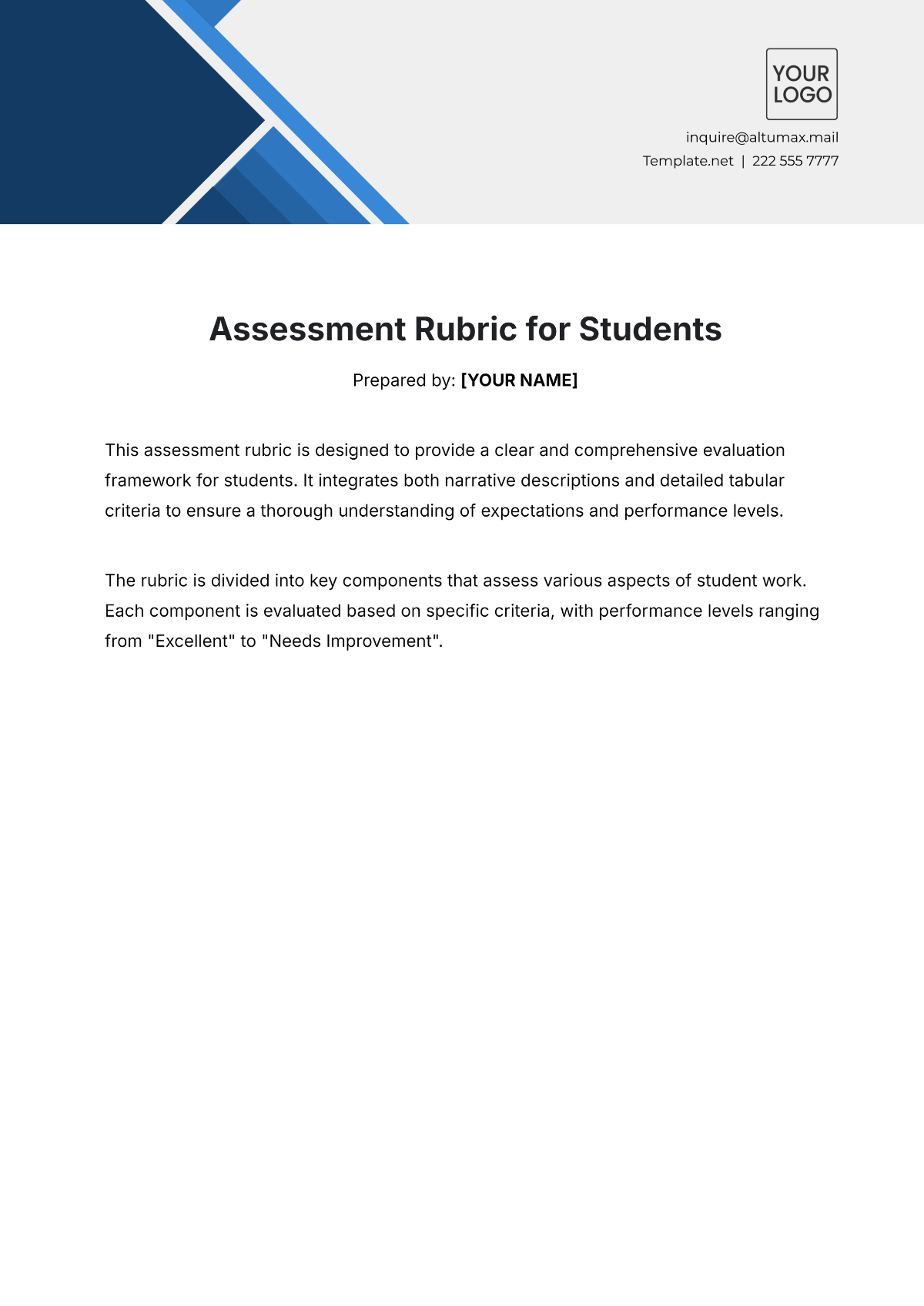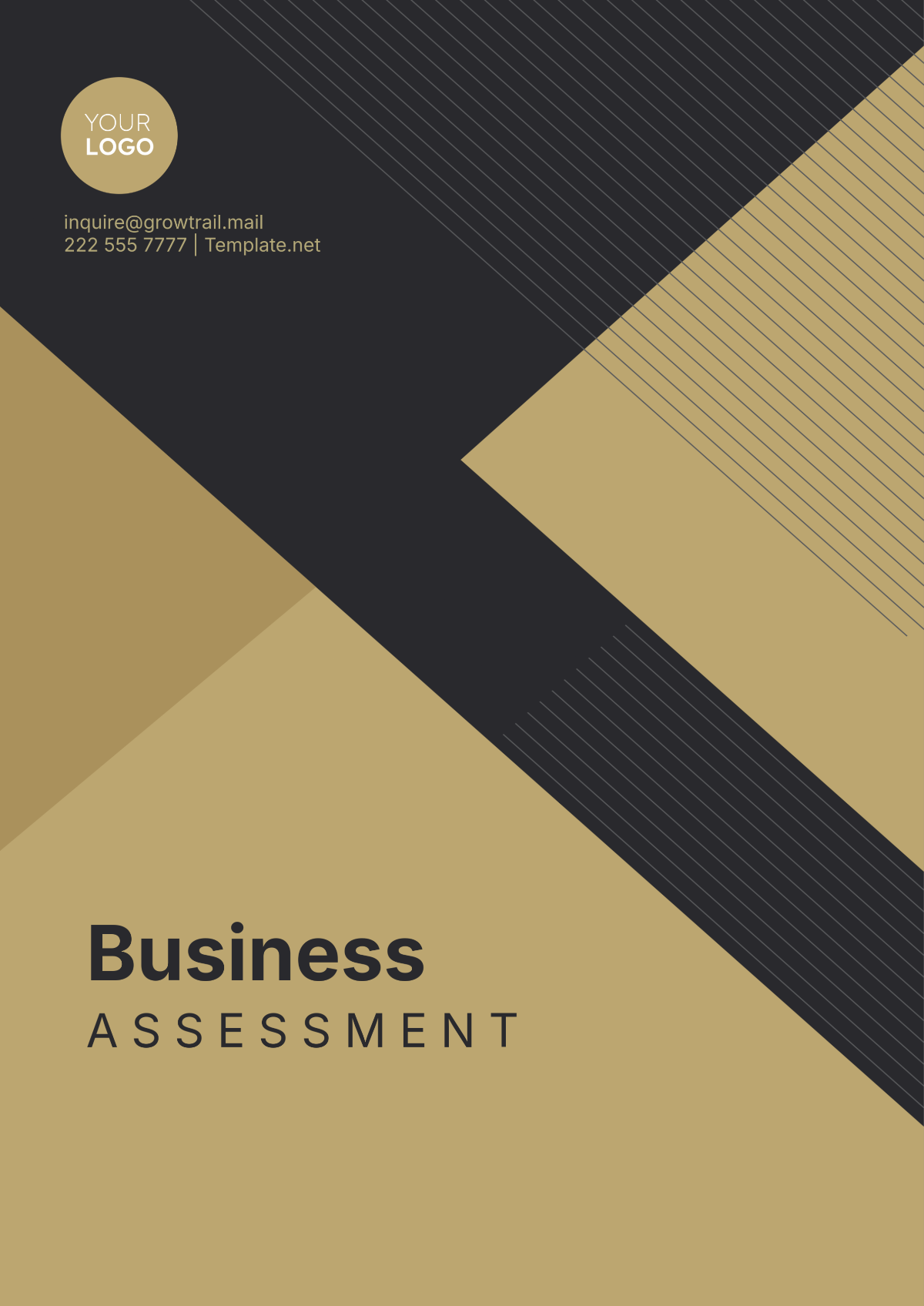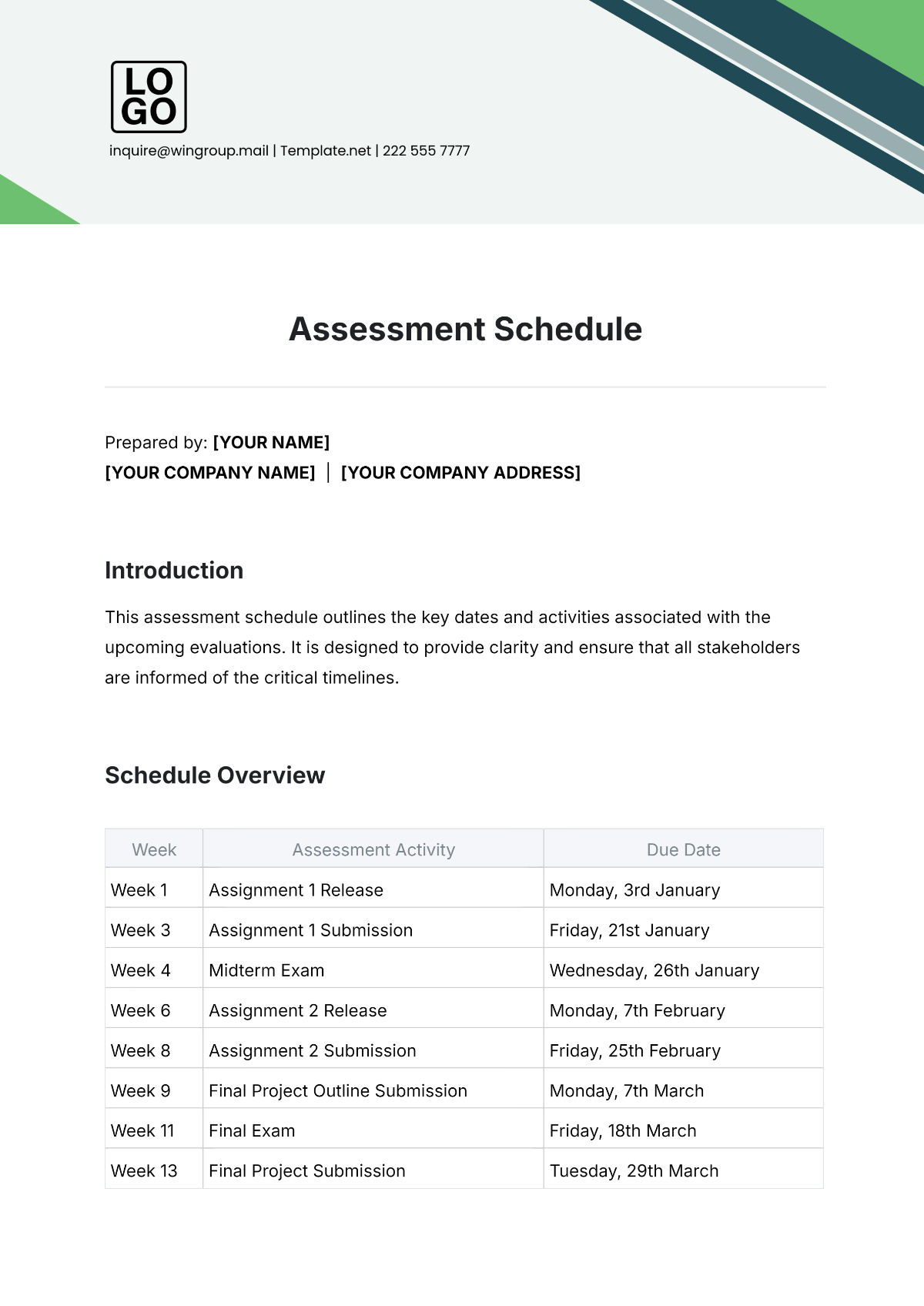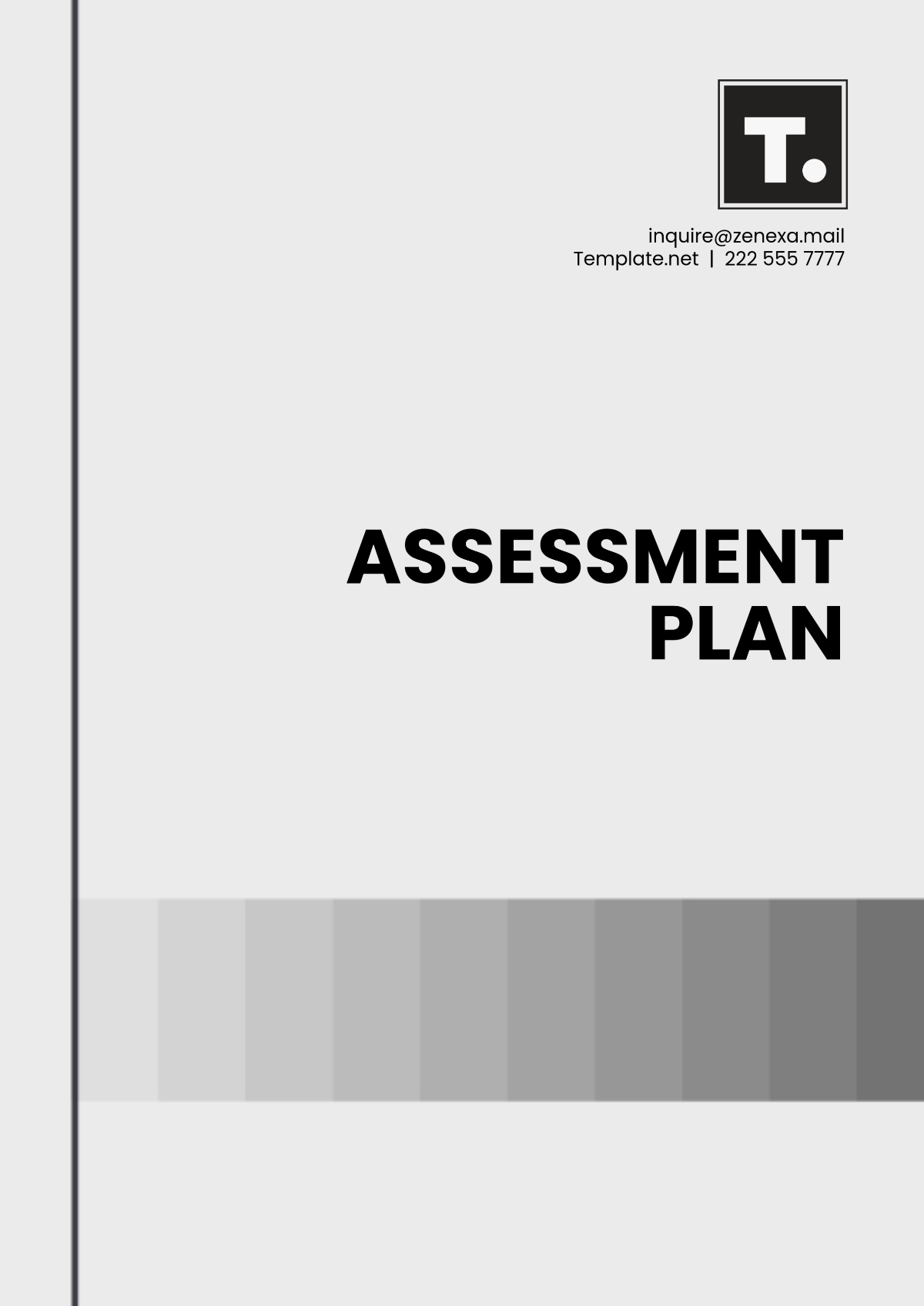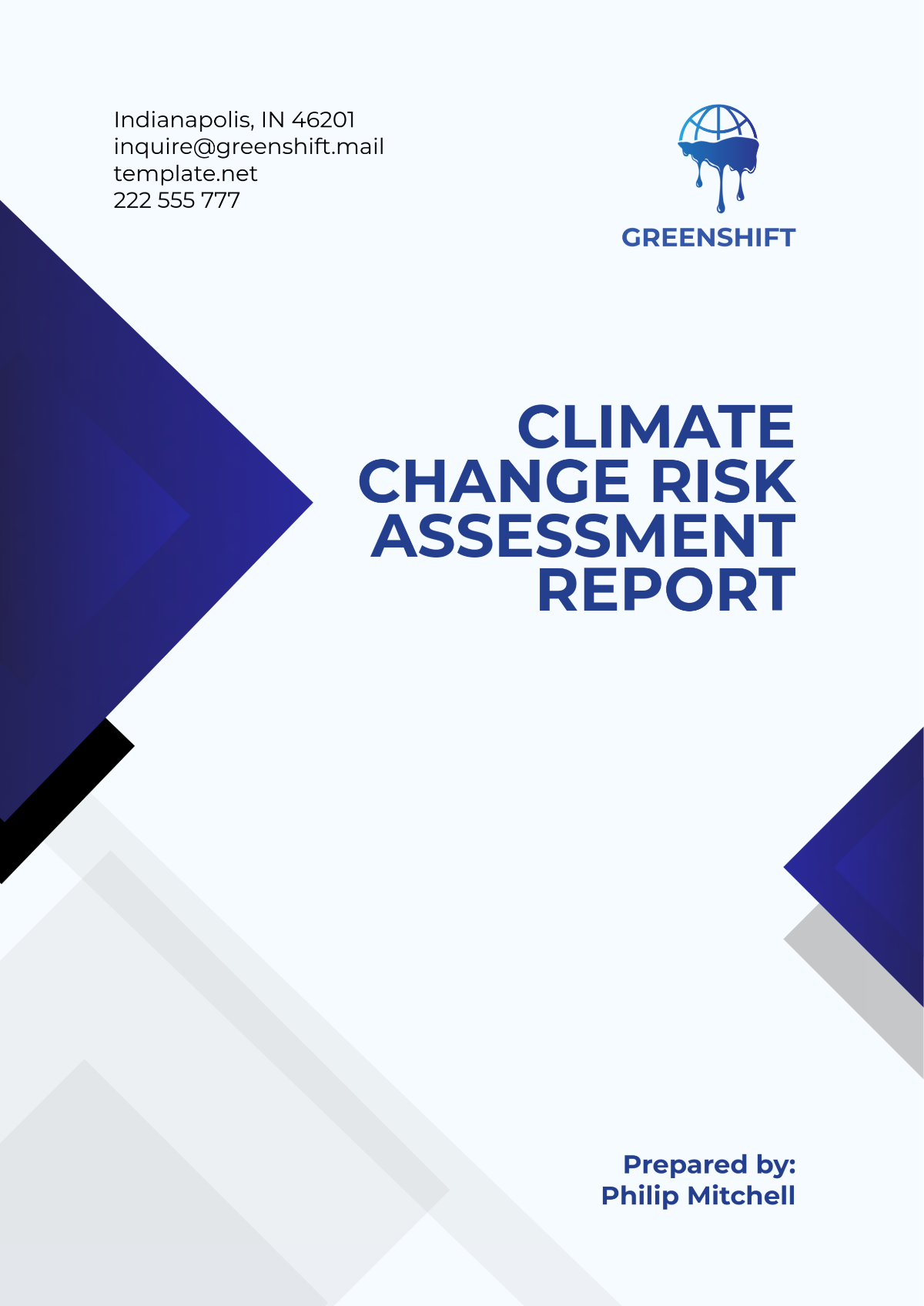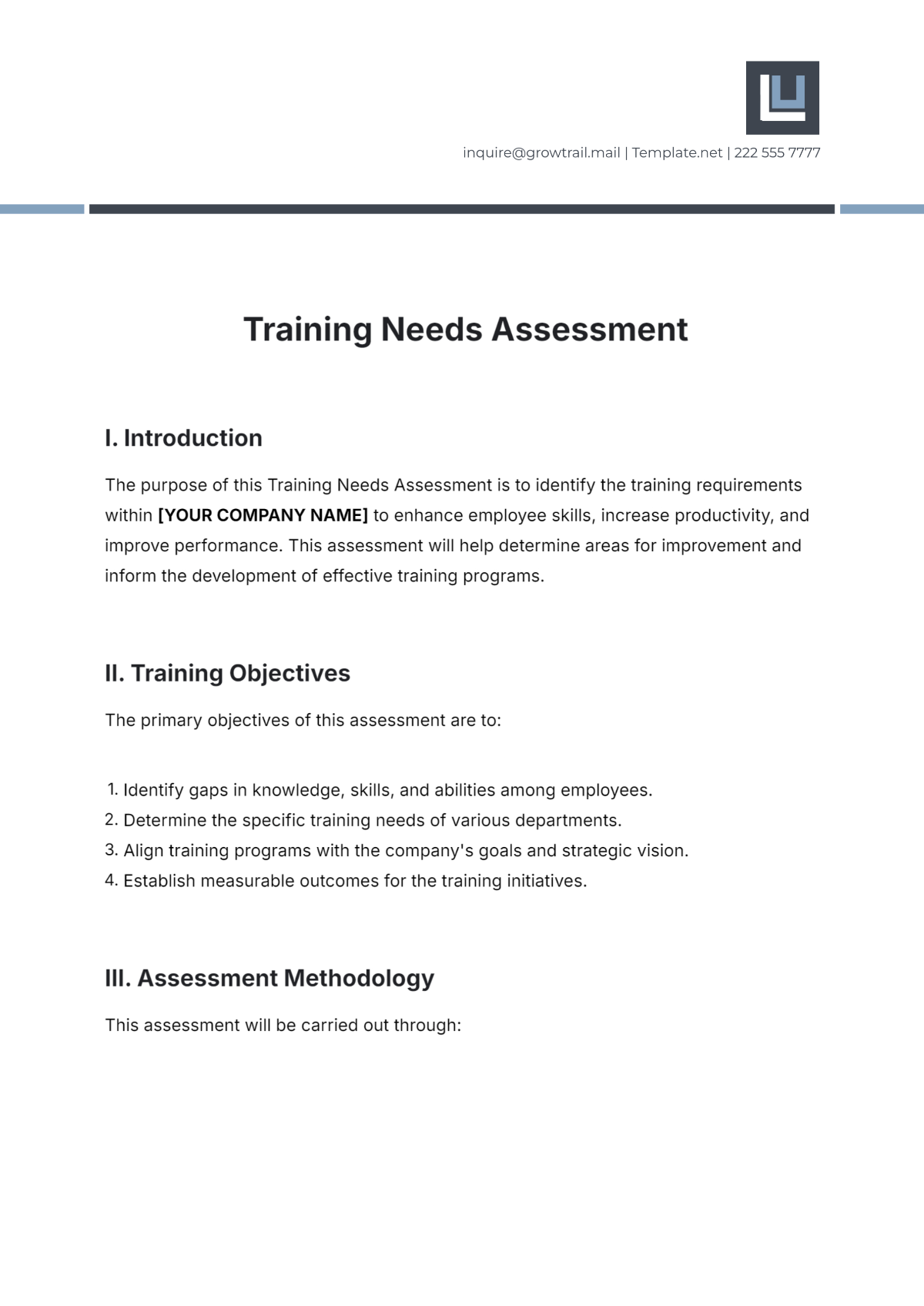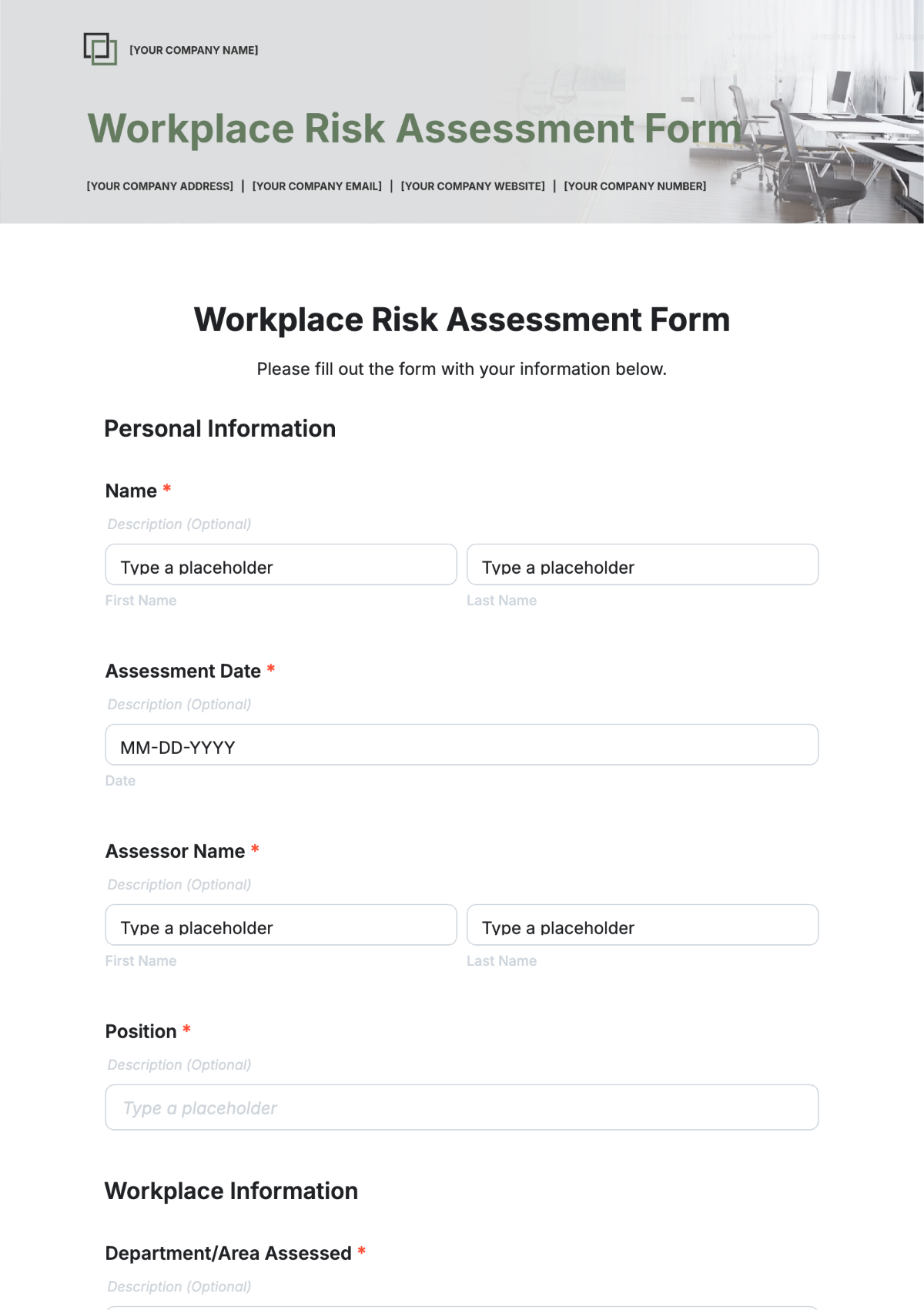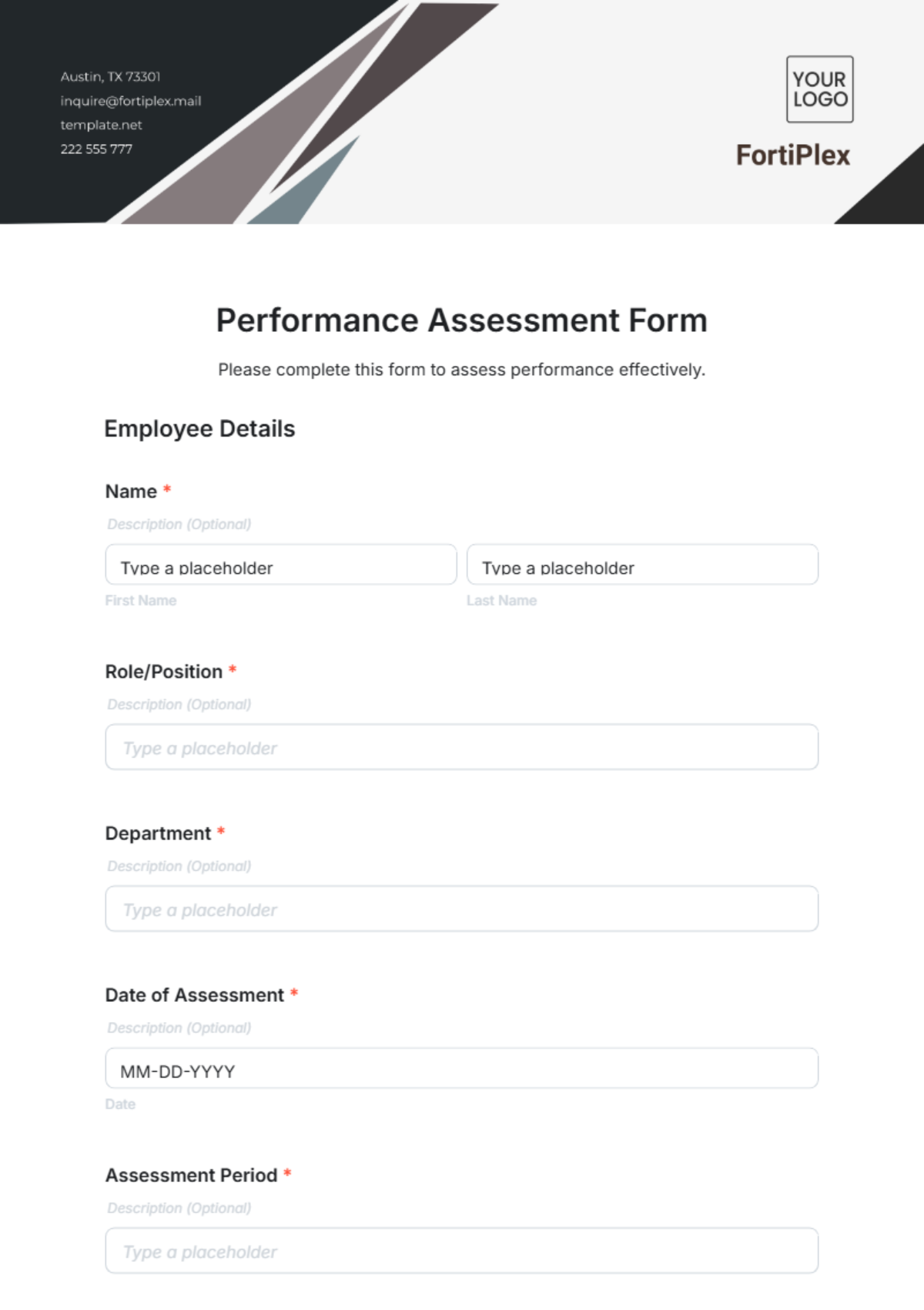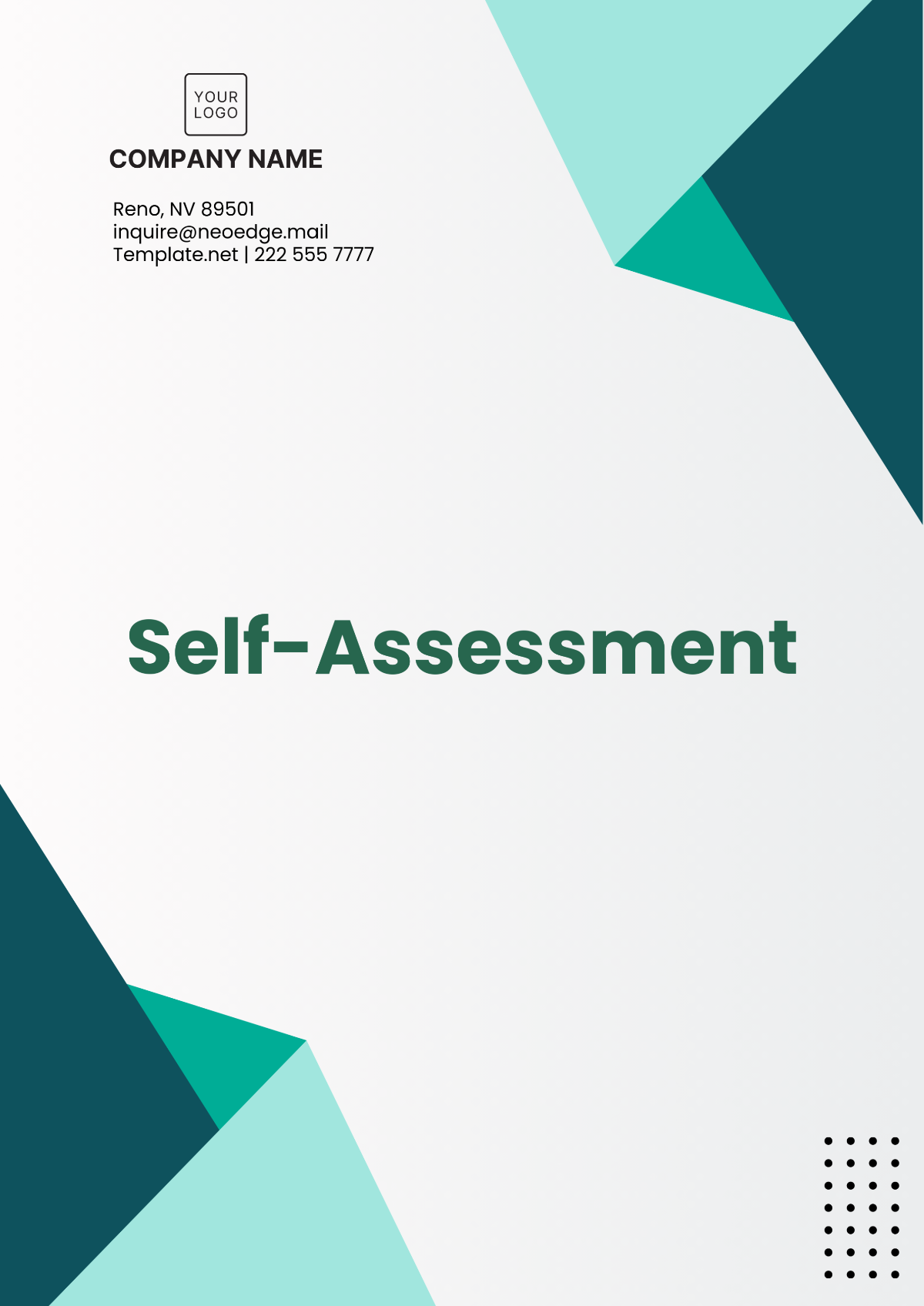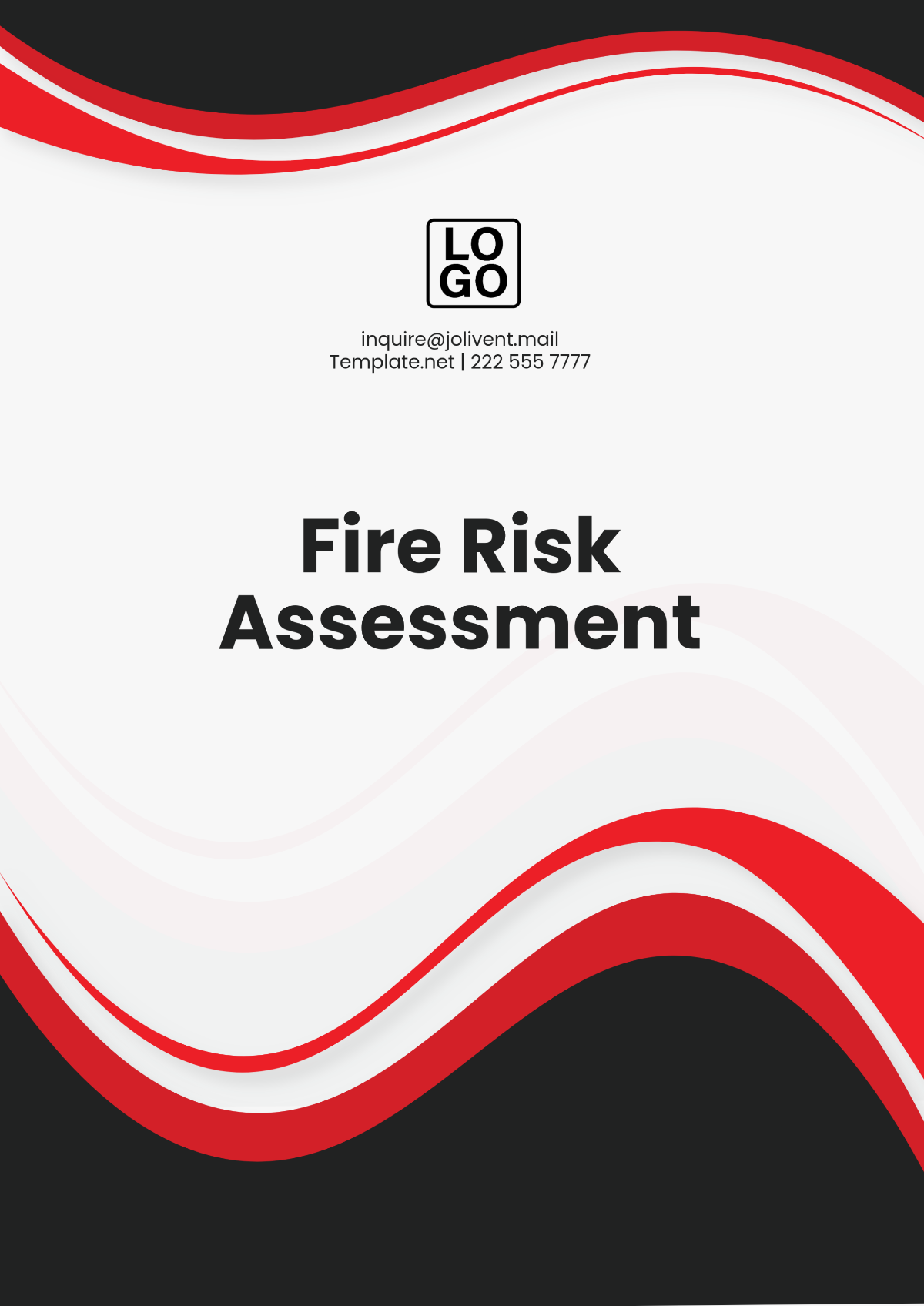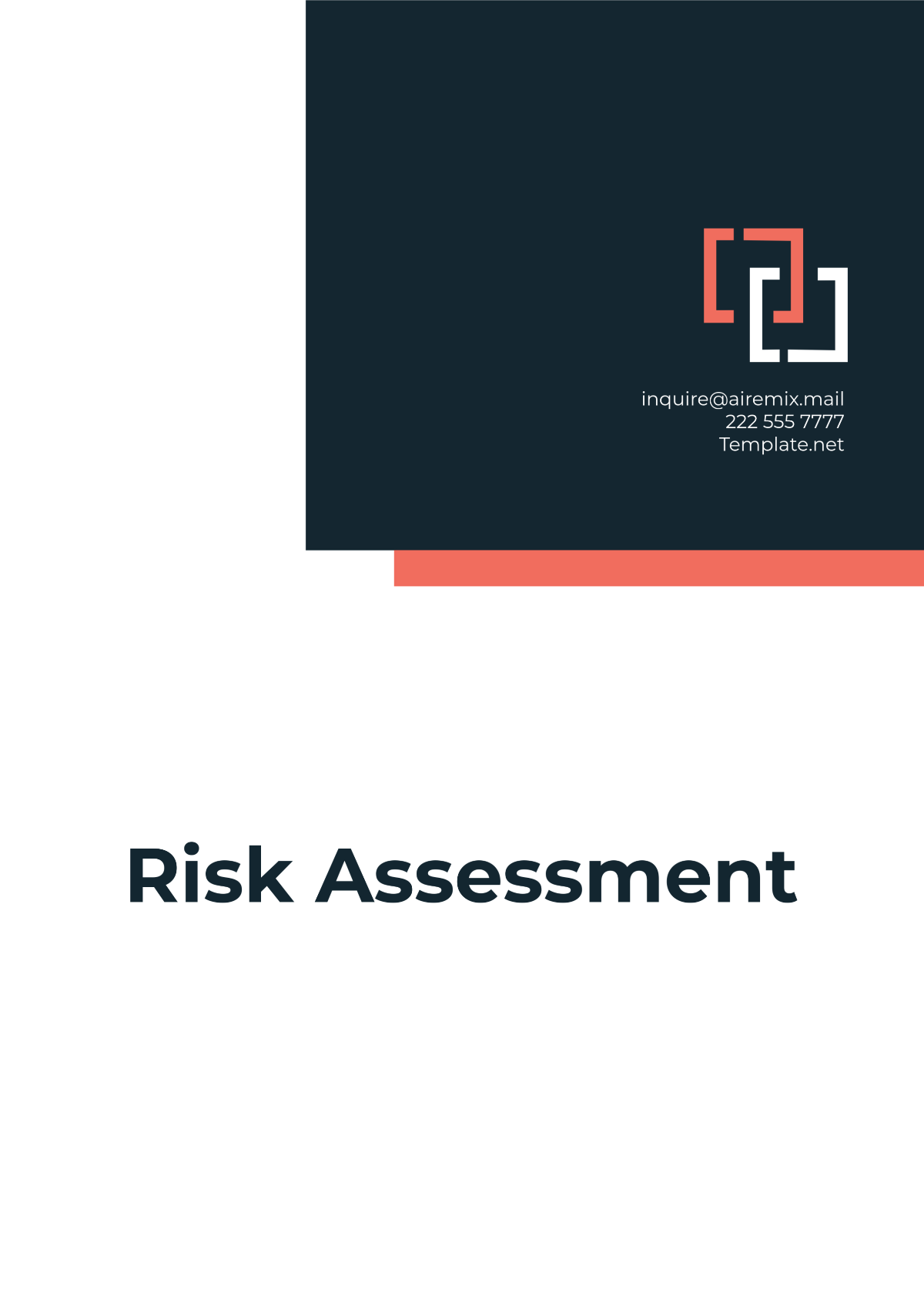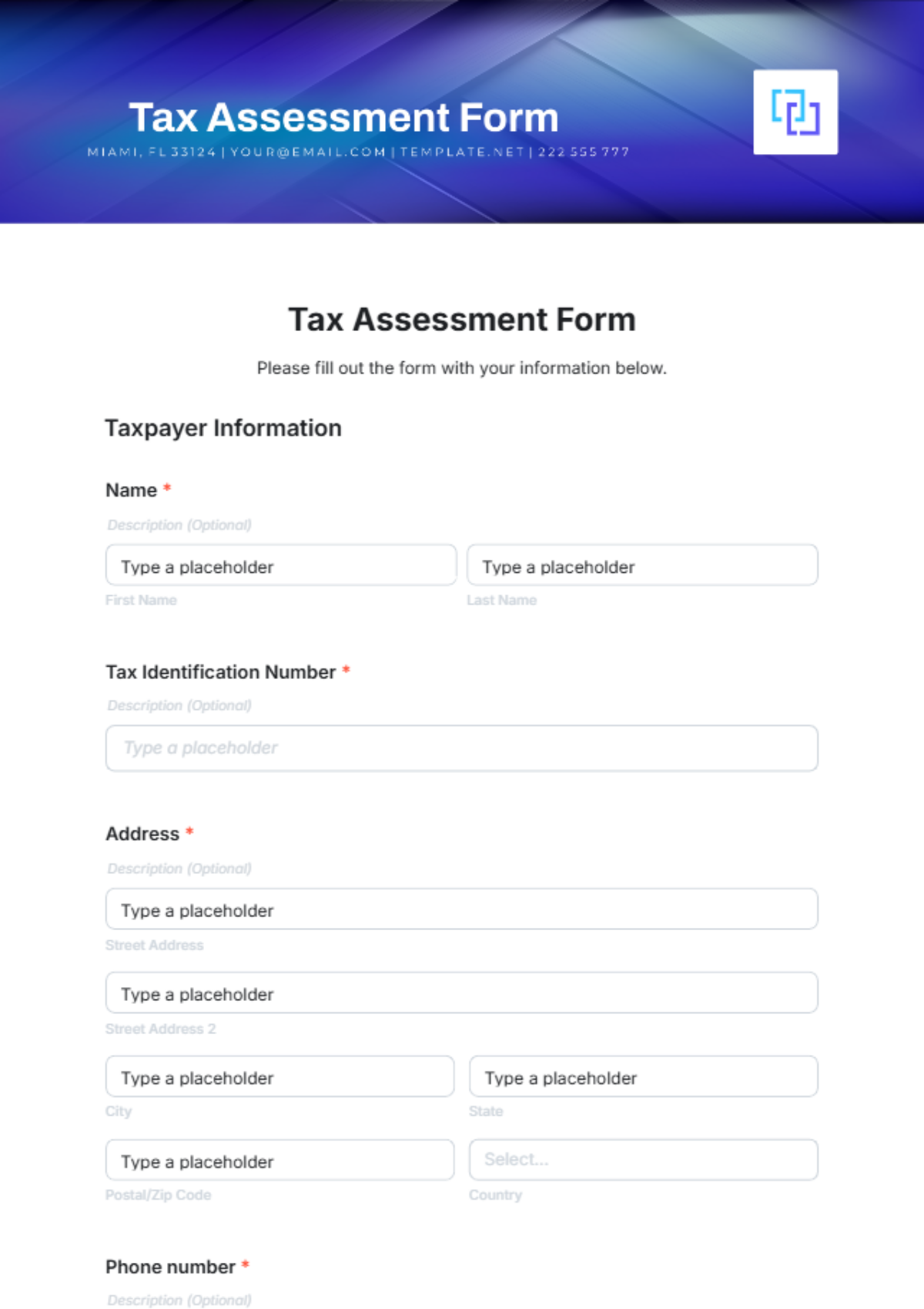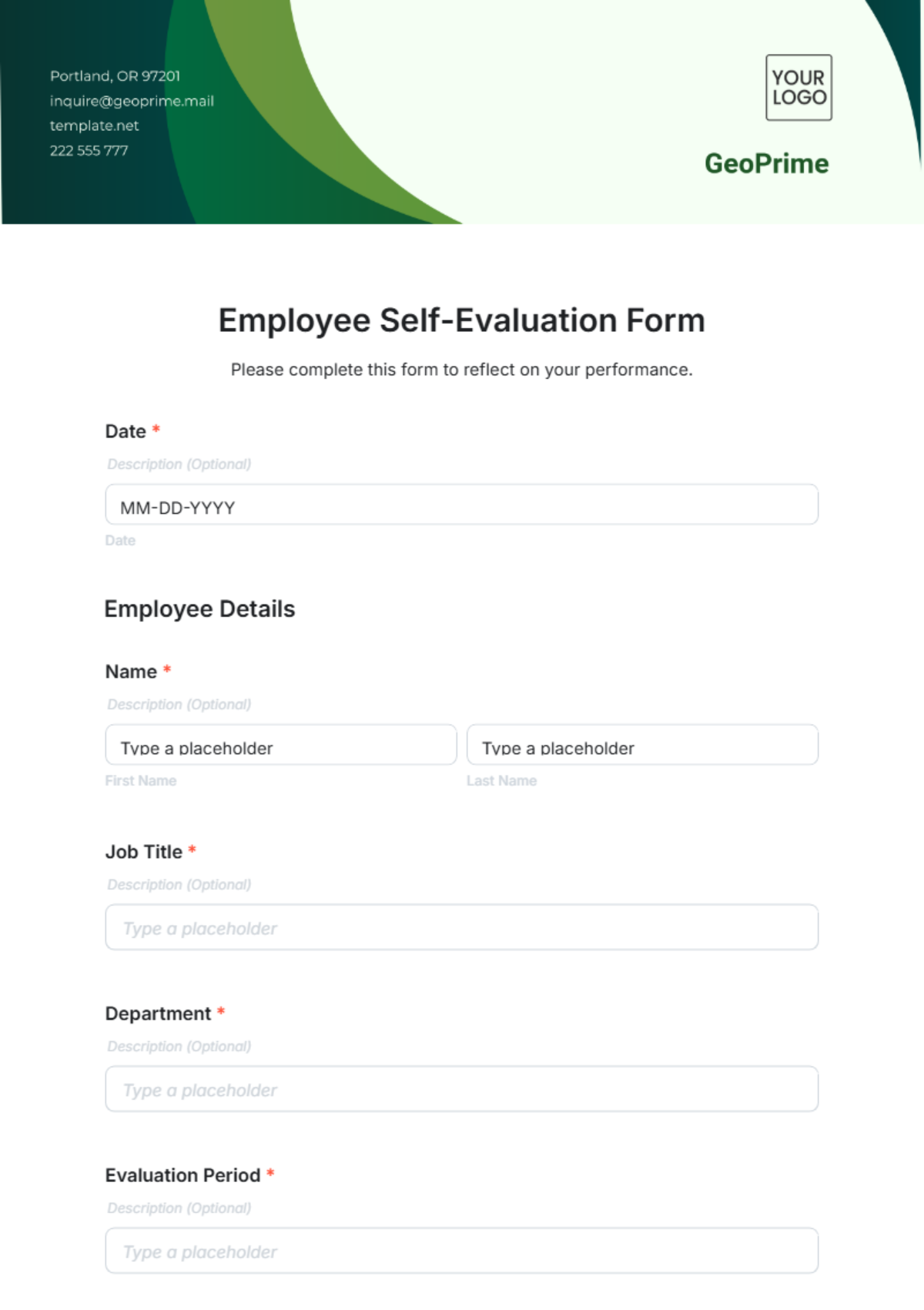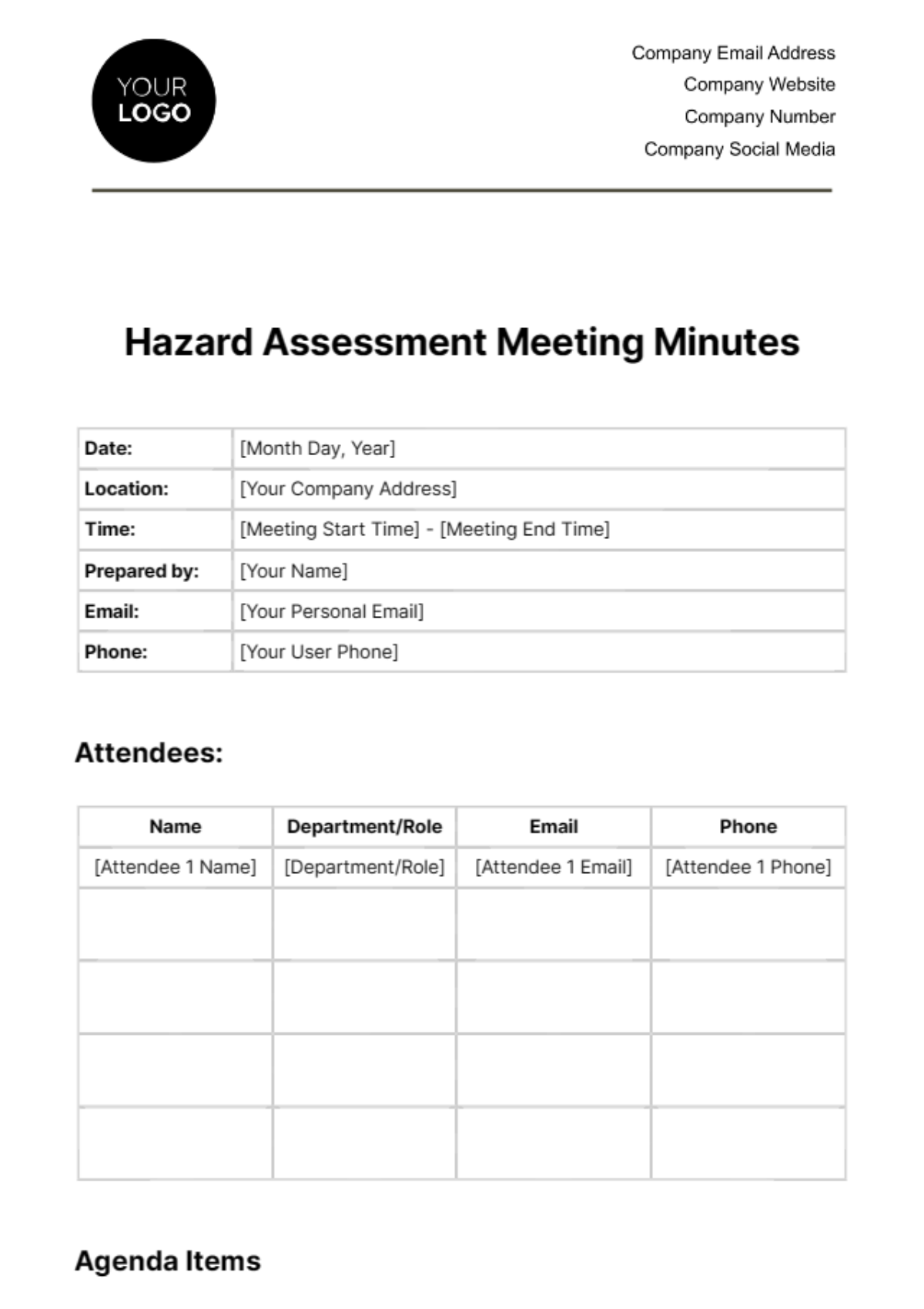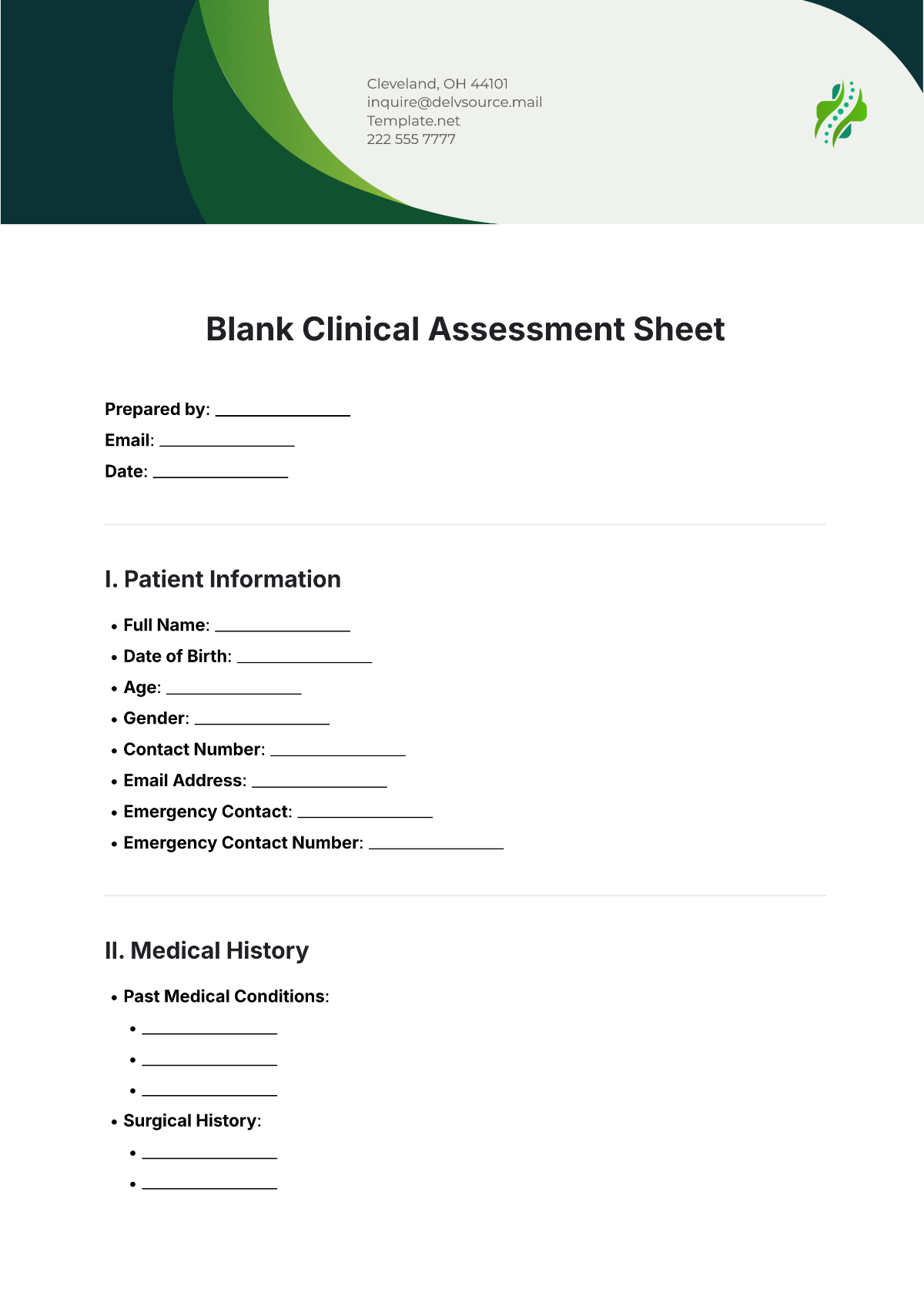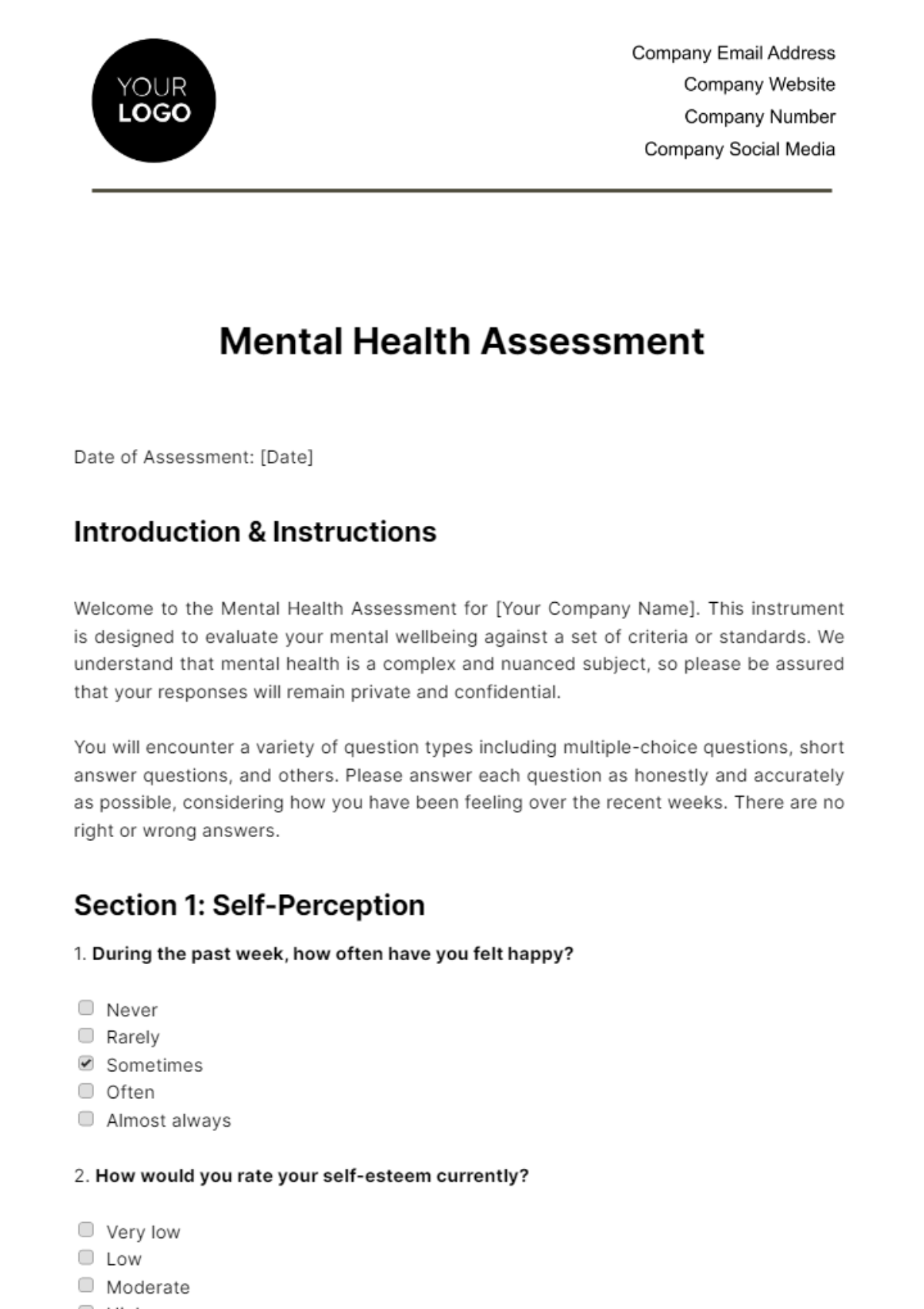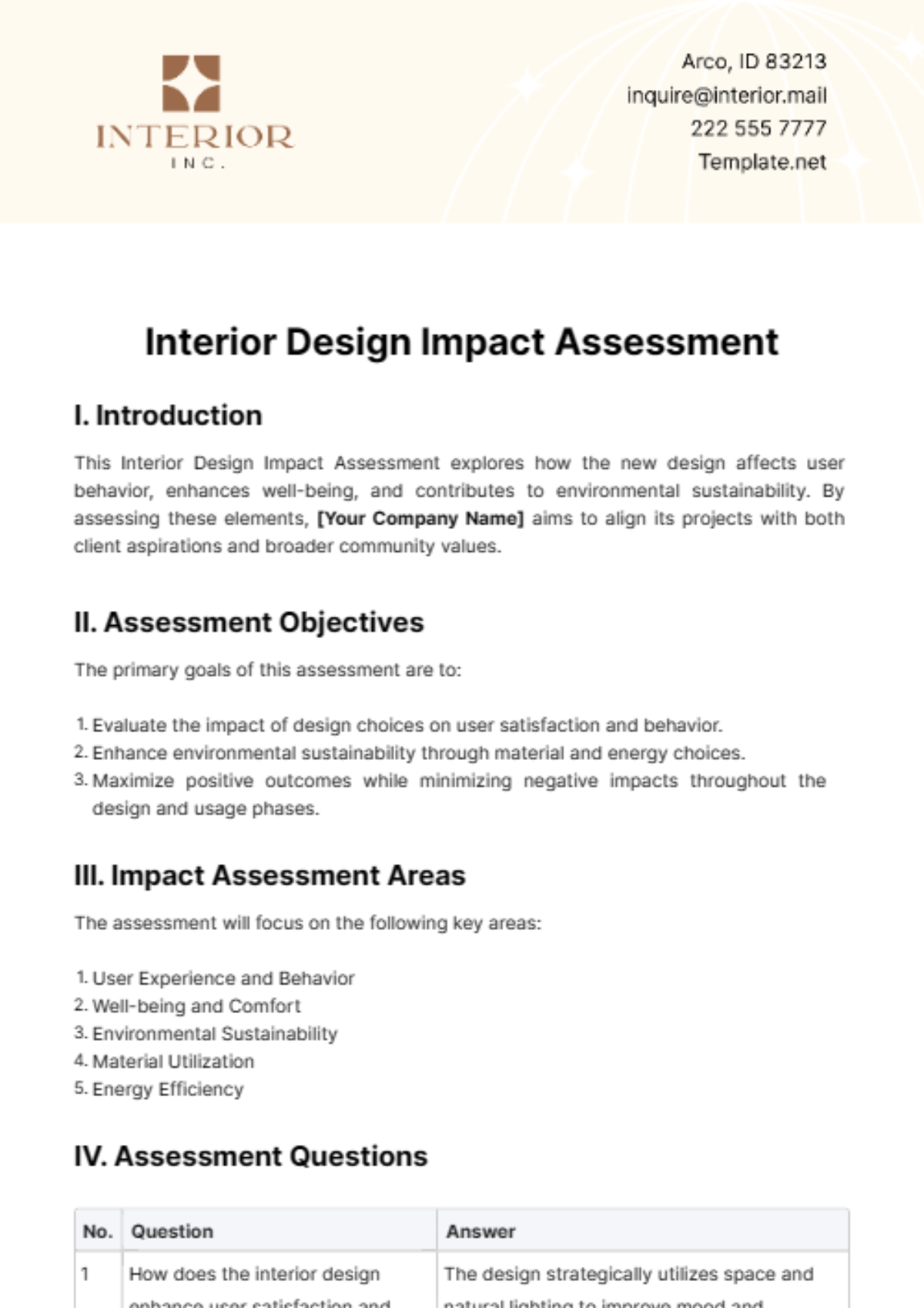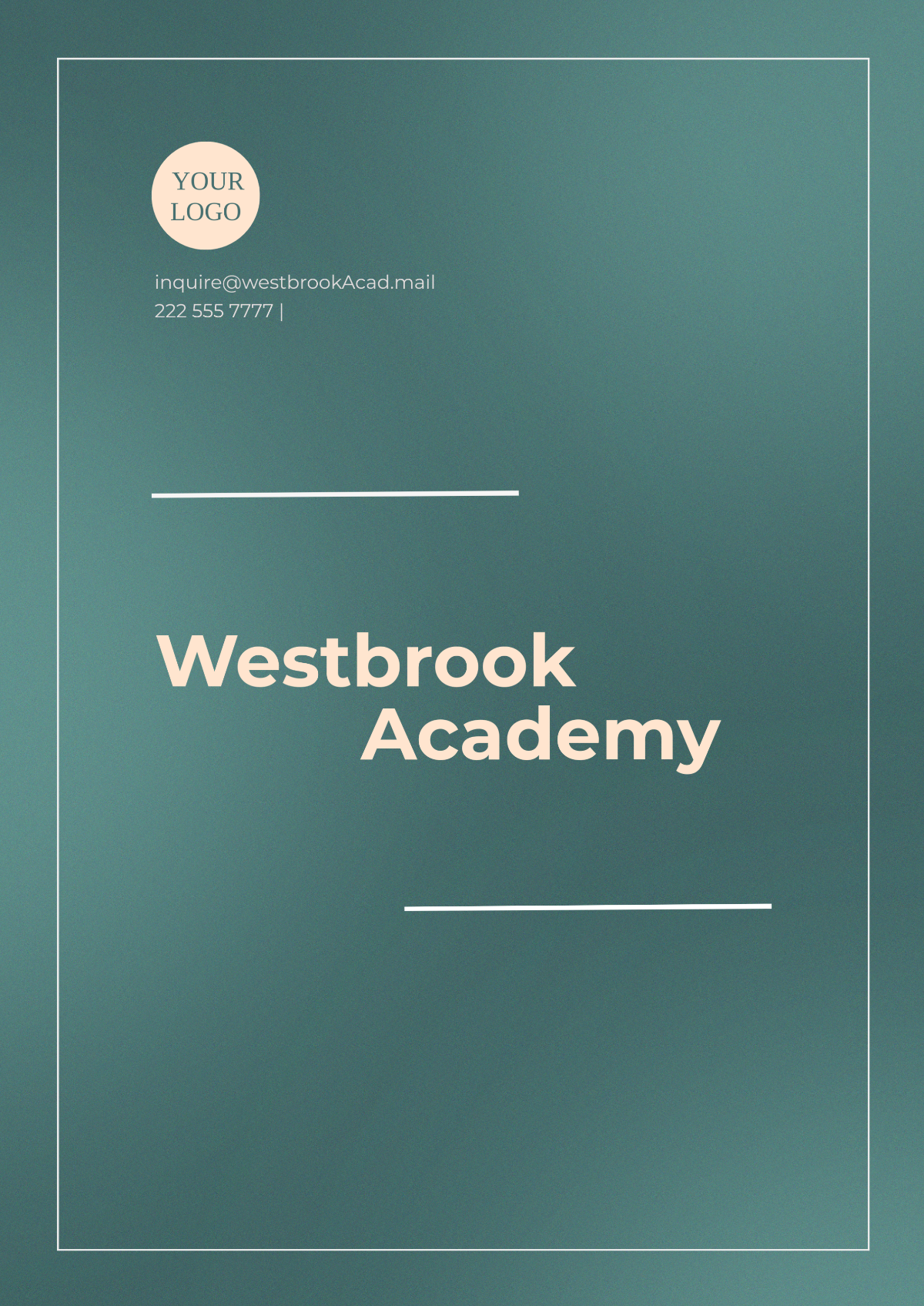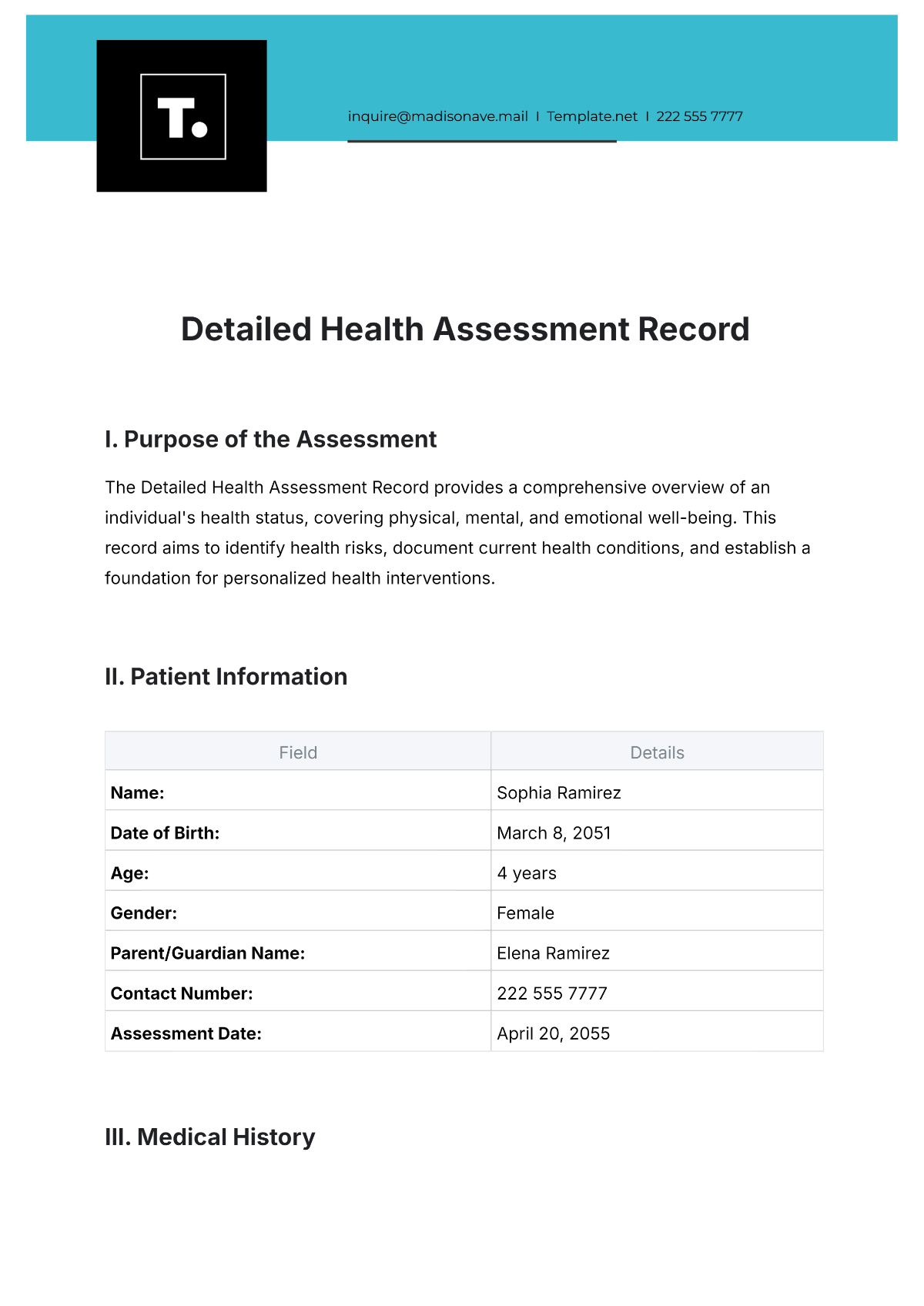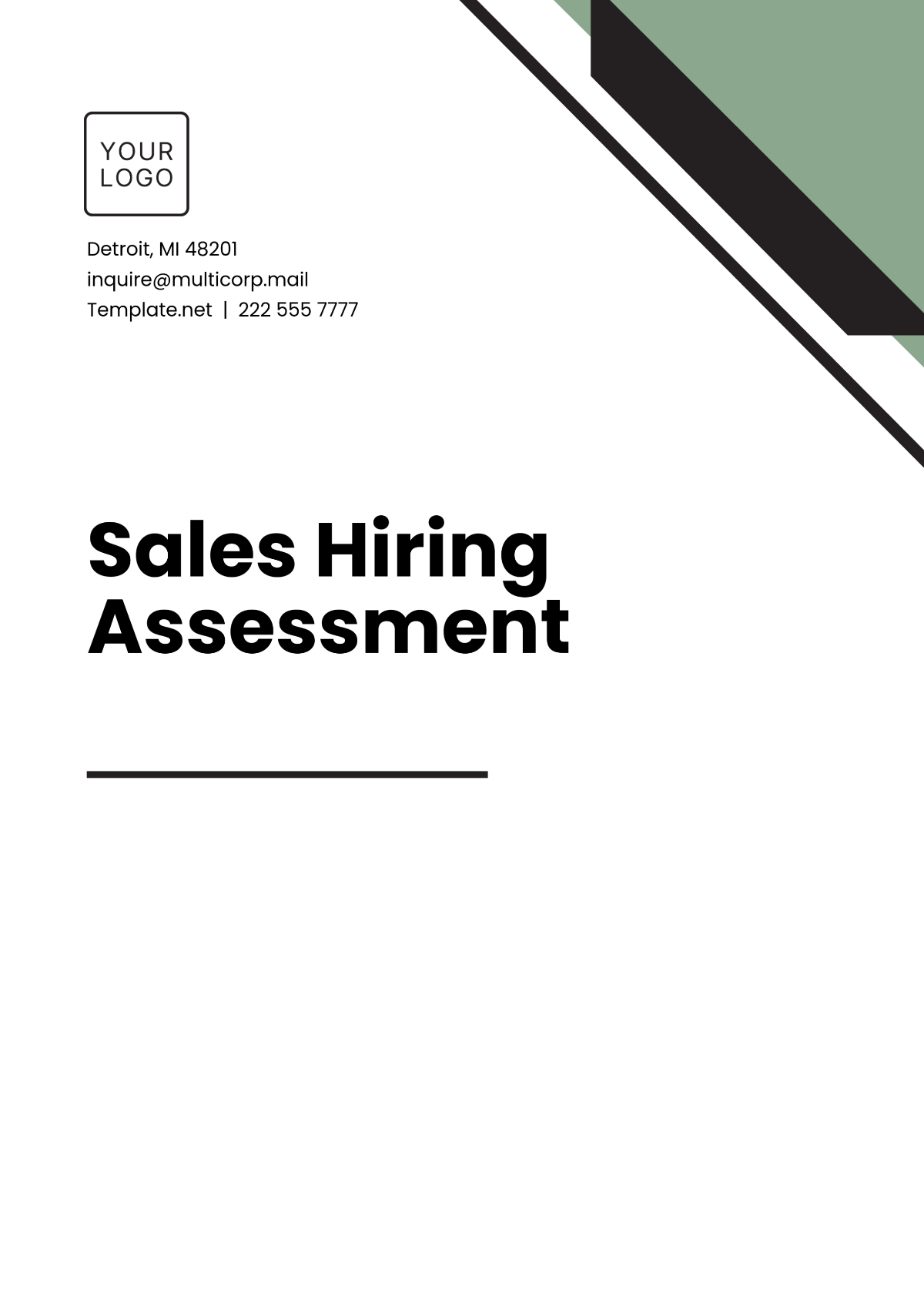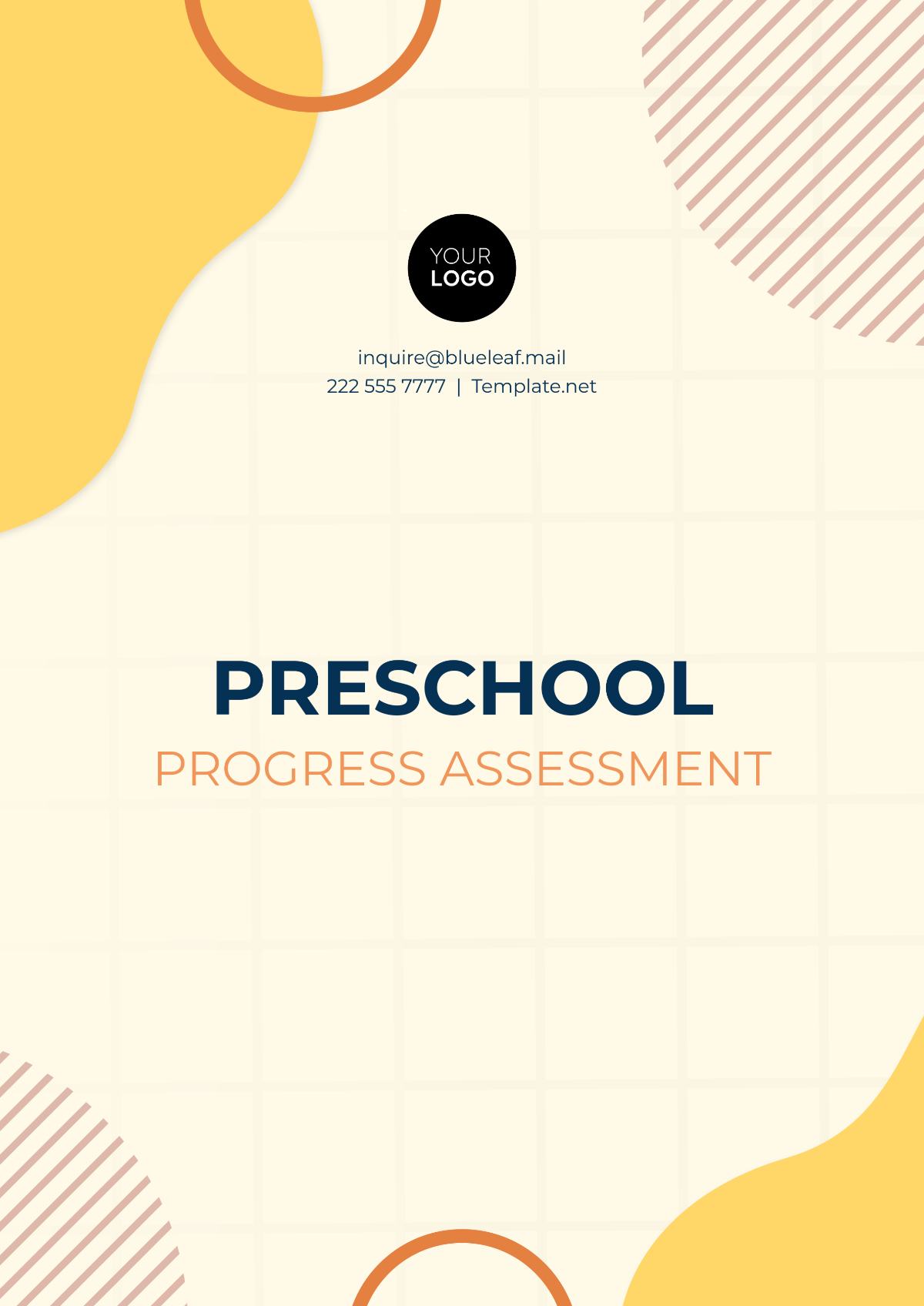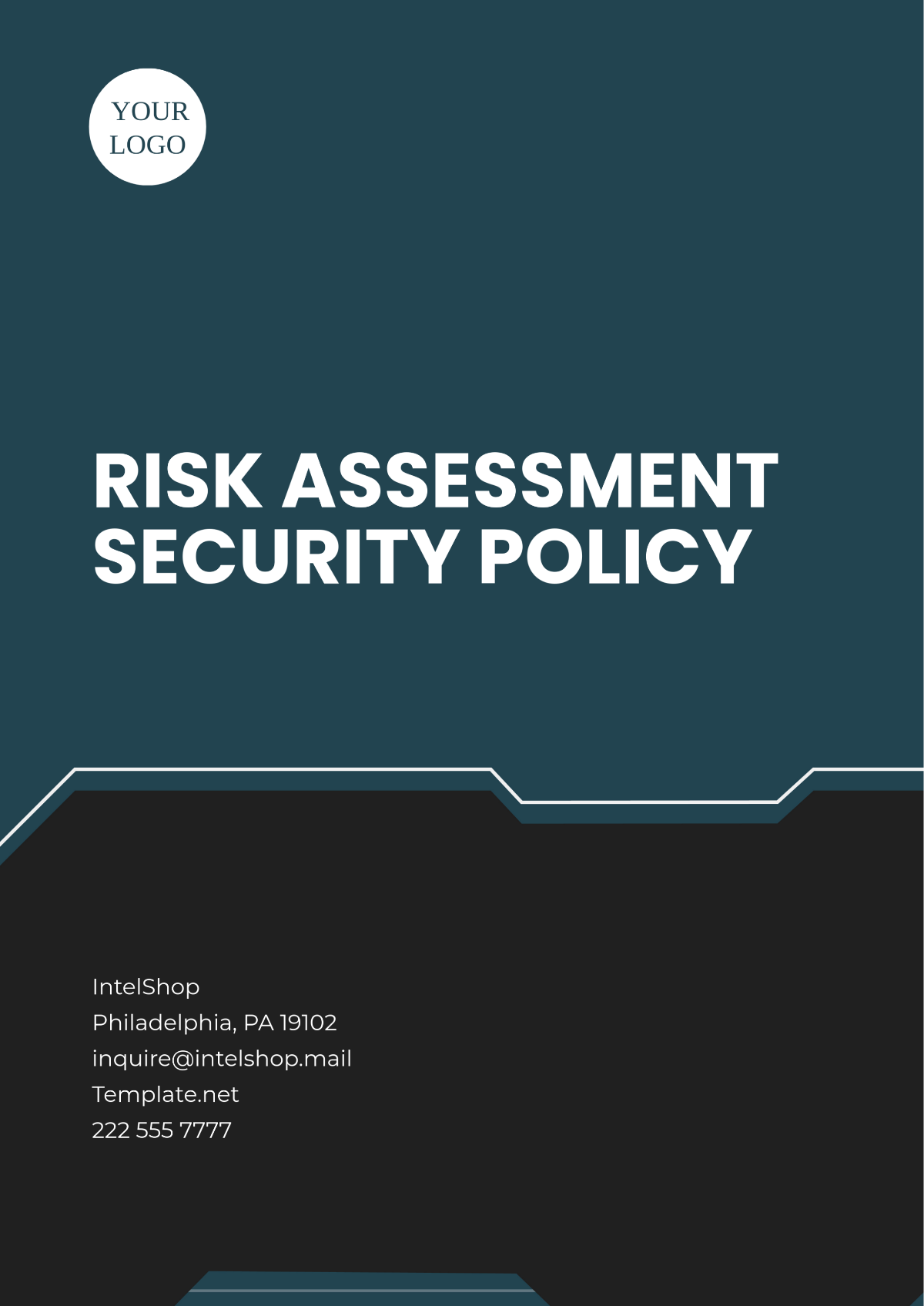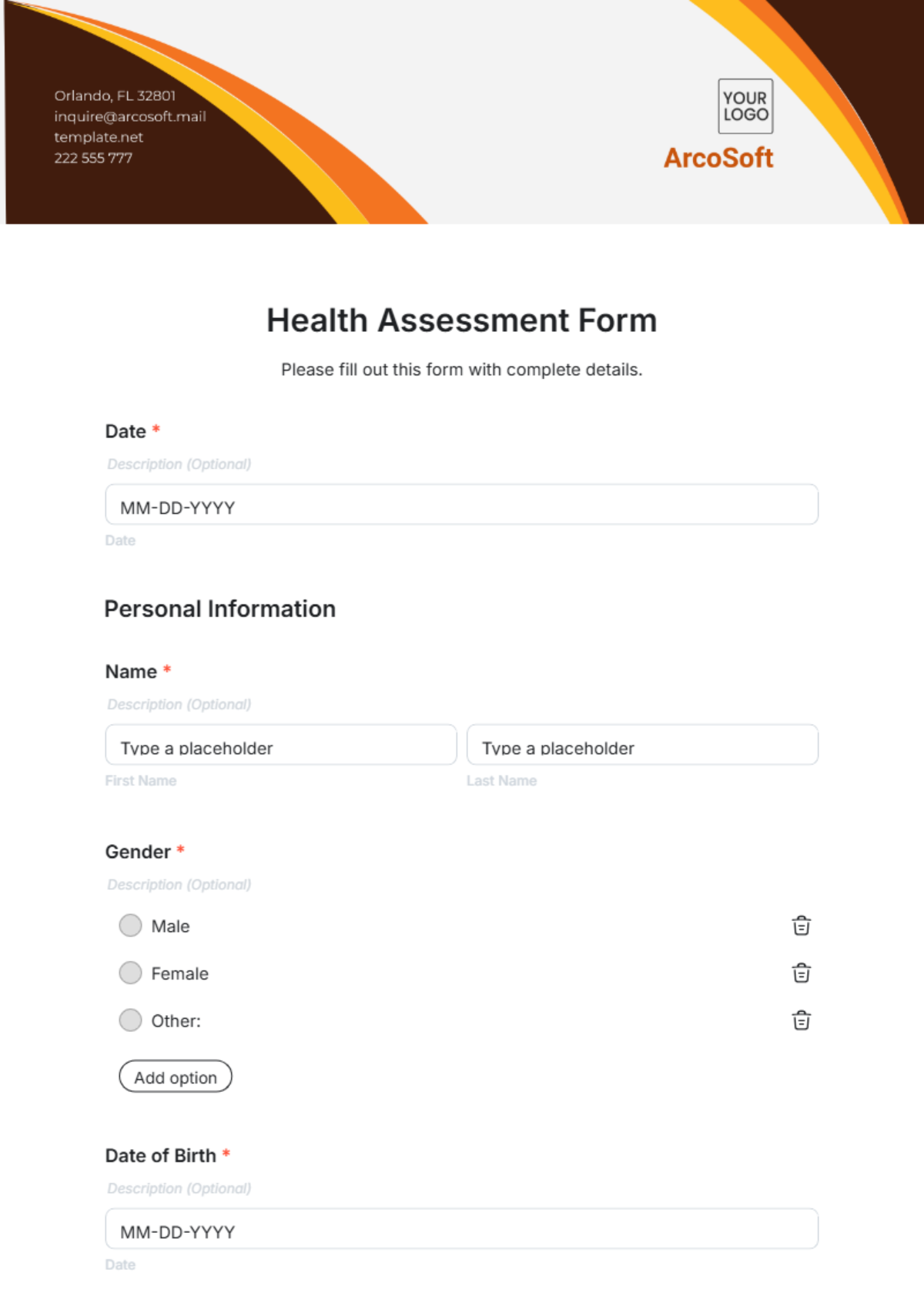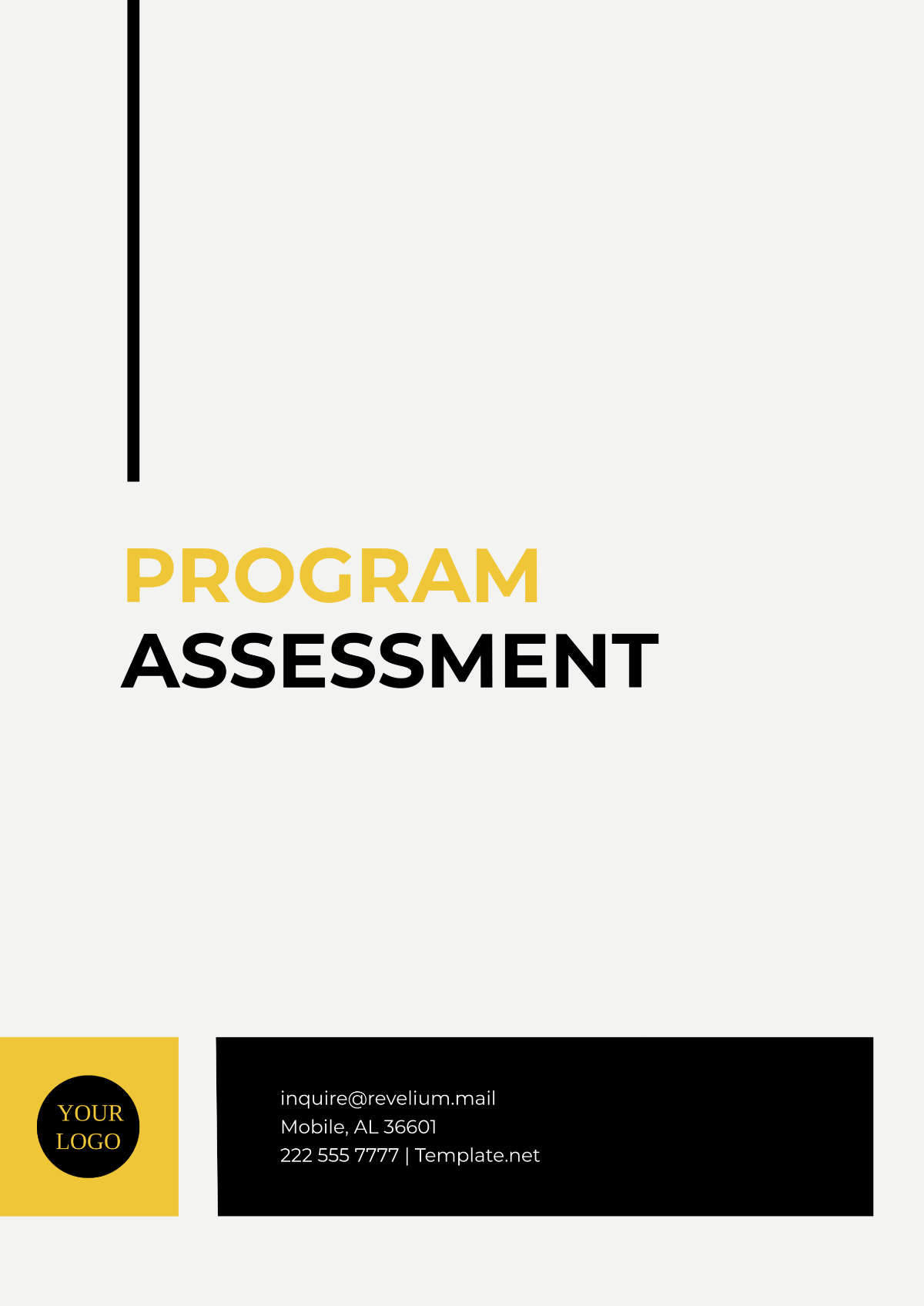Area Qualification Protocol
Name: | [Your Name] |
|---|---|
Company: | [Your Company Name] |
Department: | [Your Department] |
Date: | [Current Date] |
I. Introduction
This Area Qualification Protocol (AQP) outlines the procedures and criteria for validating and qualifying specific areas within our facility. It is designed to ensure compliance with regulatory requirements, maintain operational efficiency, and uphold quality standards.
II. Objectives
To systematically validate and qualify designated areas to ensure they meet predefined acceptance criteria.
To provide a structured framework for conducting qualification activities, including inspections, measurements, and testing procedures.
To ensure compliance with regulatory requirements and industry best practices throughout the qualification process.
To document qualification activities thoroughly and maintain accurate records for audit and regulatory purposes.
To facilitate continuous improvement by identifying and addressing any deviations or non-conformances encountered during the qualification process.
III. Scope
The scope of this protocol encompasses all areas within the facility that require validation and qualification for their intended use. It applies to all personnel involved in facility management, quality assurance, and regulatory compliance.
IV. Responsibilities
Role | Responsibilities |
|---|---|
Quality Assurance Department |
|
Facility Management |
|
Regulatory Affairs |
|
Operations Personnel |
|
V. Procedure
1. Preparation
Identify areas requiring qualification based on operational needs and regulatory requirements.
Gather relevant documentation, including facility layouts, equipment specifications, and regulatory guidelines.
2. Protocol Development
Develop a detailed protocol outlining the qualification process, including acceptance criteria and testing procedures.
Ensure alignment with regulatory requirements and industry best practices.
3. Execution
Schedule and coordinate qualification activities with relevant stakeholders.
Conduct physical inspections, measurements, and tests as outlined in the protocol.
Document observations, deviations, and corrective actions taken during the qualification process.
4. Data Analysis
Analyze collected data to assess compliance with acceptance criteria.
Identify any discrepancies or non-conformances and initiate appropriate corrective actions.
5. Reporting
Prepare a comprehensive qualification report summarizing the results of the assessment.
Include a clear statement of compliance or non-compliance with acceptance criteria.
Obtain necessary approvals from regulatory authorities or internal stakeholders.
VI. Documentation
It is crucial to diligently maintain accurate records of all activities connected to qualifications. These activities do not only include protocols but also reports and supporting documentation. This documentation is not only important for keeping track of the ongoing processes but also for ensuring readiness for audits and regulatory inspections. Hence, efforts must be made to ensure that all of these documents are updated regularly and promptly, and also in such a manner that they can be accessed and reviewed effortlessly whenever there is a need for an audit or inspection by regulatory authorities.
VII. Training
It is vital to provide comprehensive training sessions to the personnel who are directly involved in executing the Advanced Qualification Program (AQP). The main aim of these training exercises is to ensure that all members involved are fully comfortable and understand the protocols needed to perform their duties. Furthermore, training is necessary to ensure that everyone adheres to the requirements set forth by the program, further reducing the risk of errors and breaches in protocol.
VIII. Revision Control
Regularly review and update the AQP as needed to reflect changes in regulatory requirements, operational procedures, or facility modifications. Maintain a documented revision history to track changes over time.
XI. Conclusion
This Area Qualification Protocol serves as a vital tool for ensuring the validation and qualification of designated areas within our facility. By adhering to this protocol, we uphold regulatory compliance, maintain operational efficiency, and safeguard product quality. Continuous adherence to these procedures is essential to our commitment to excellence in all aspects of our operations.
